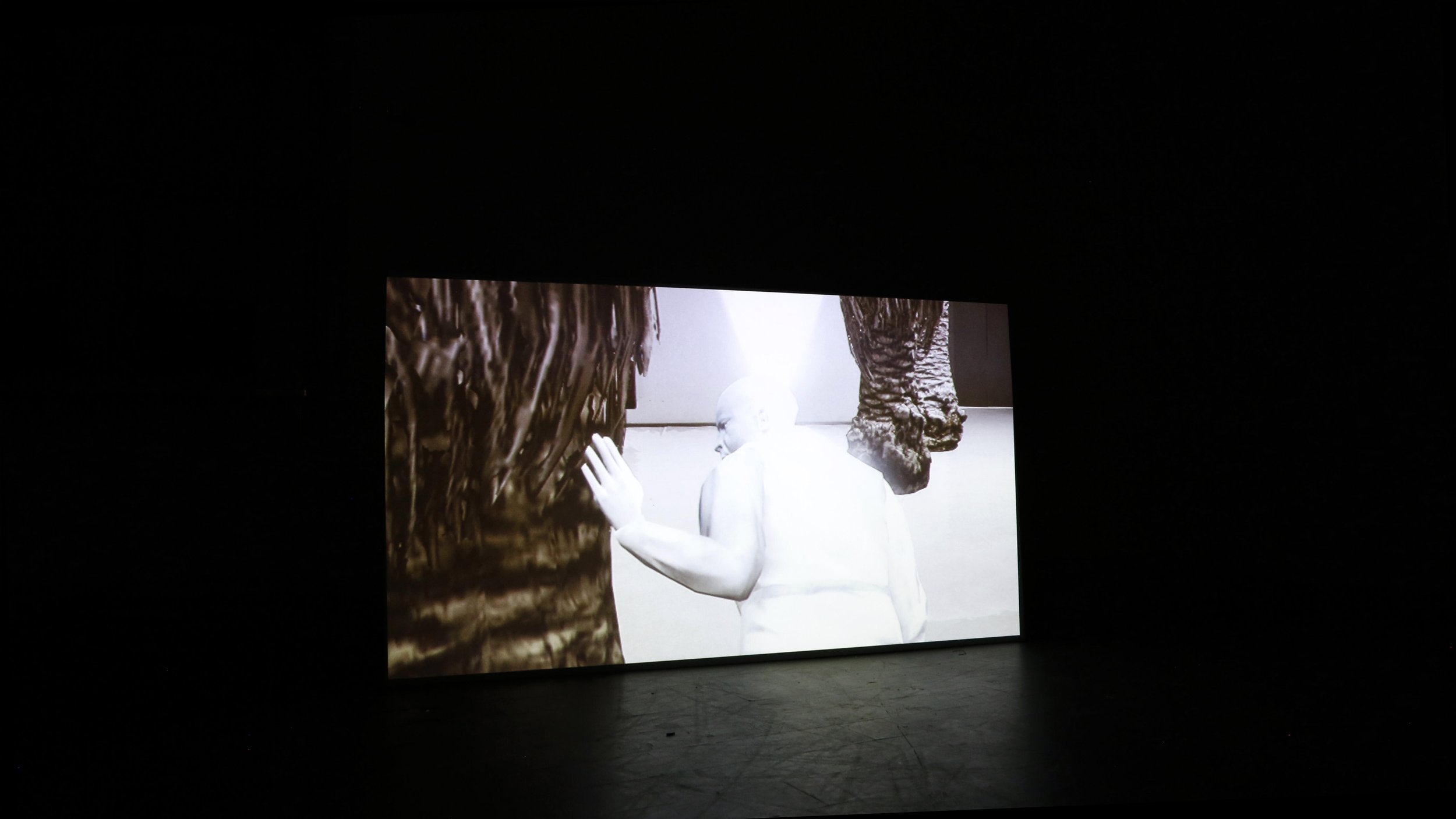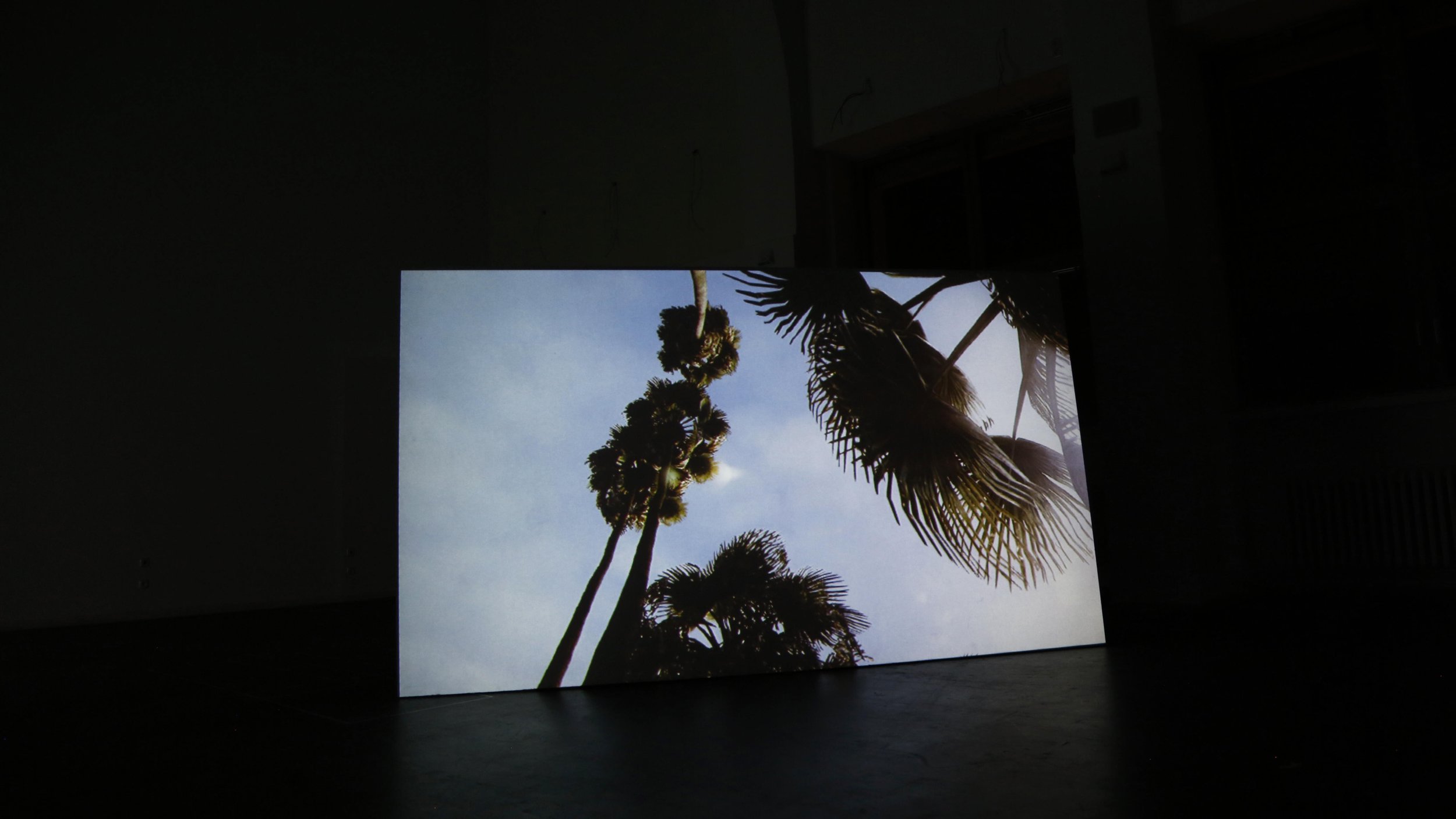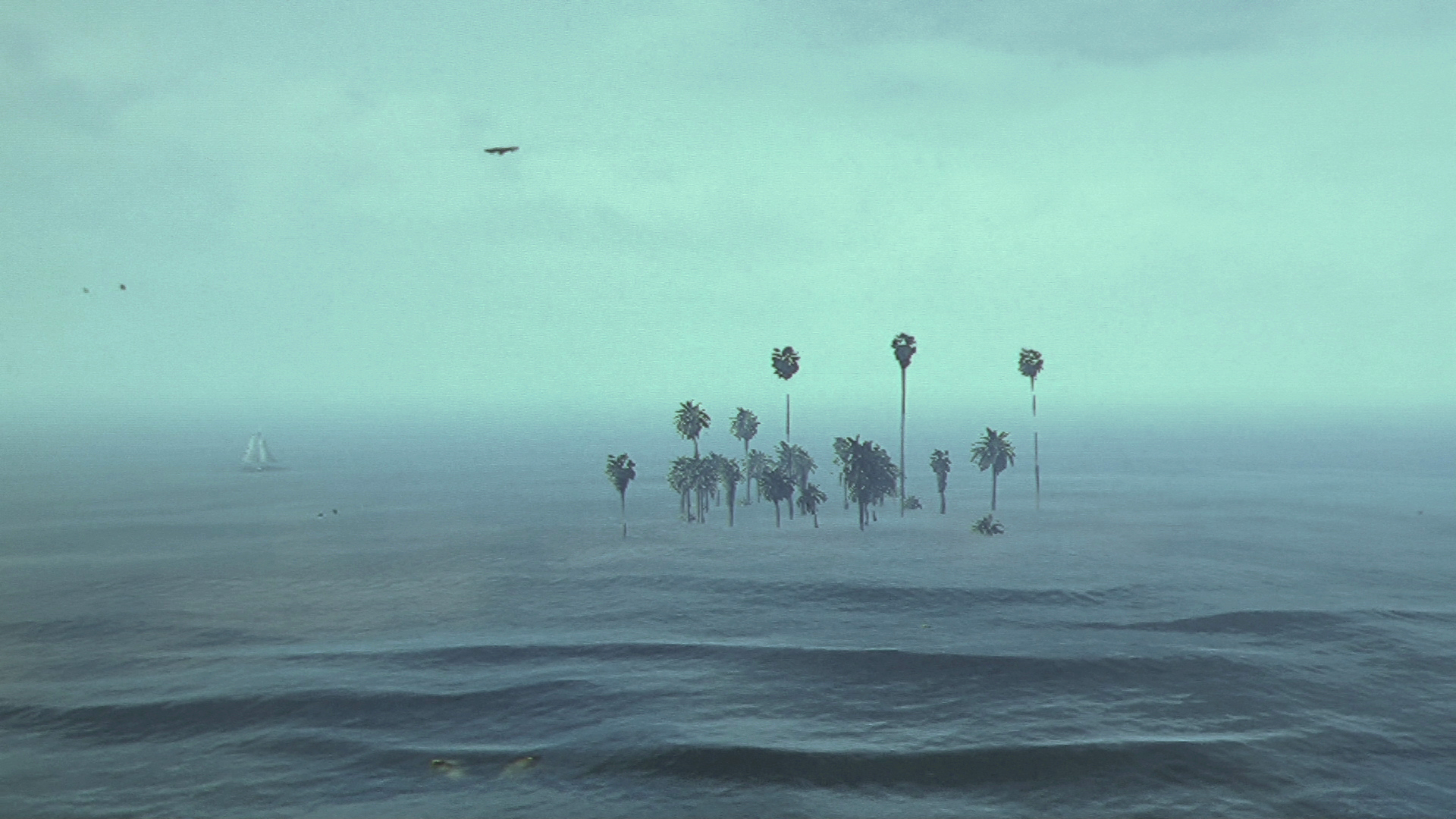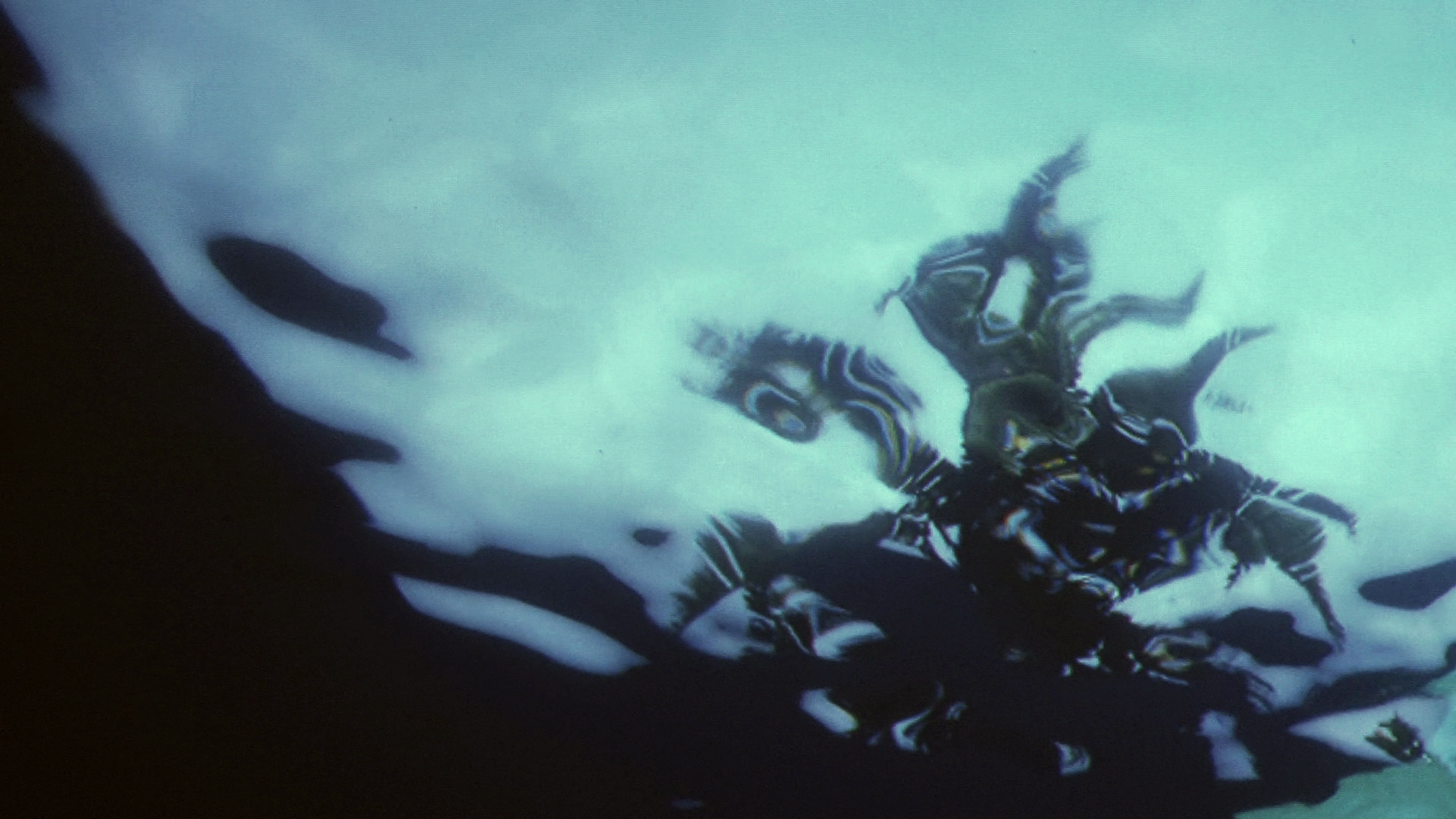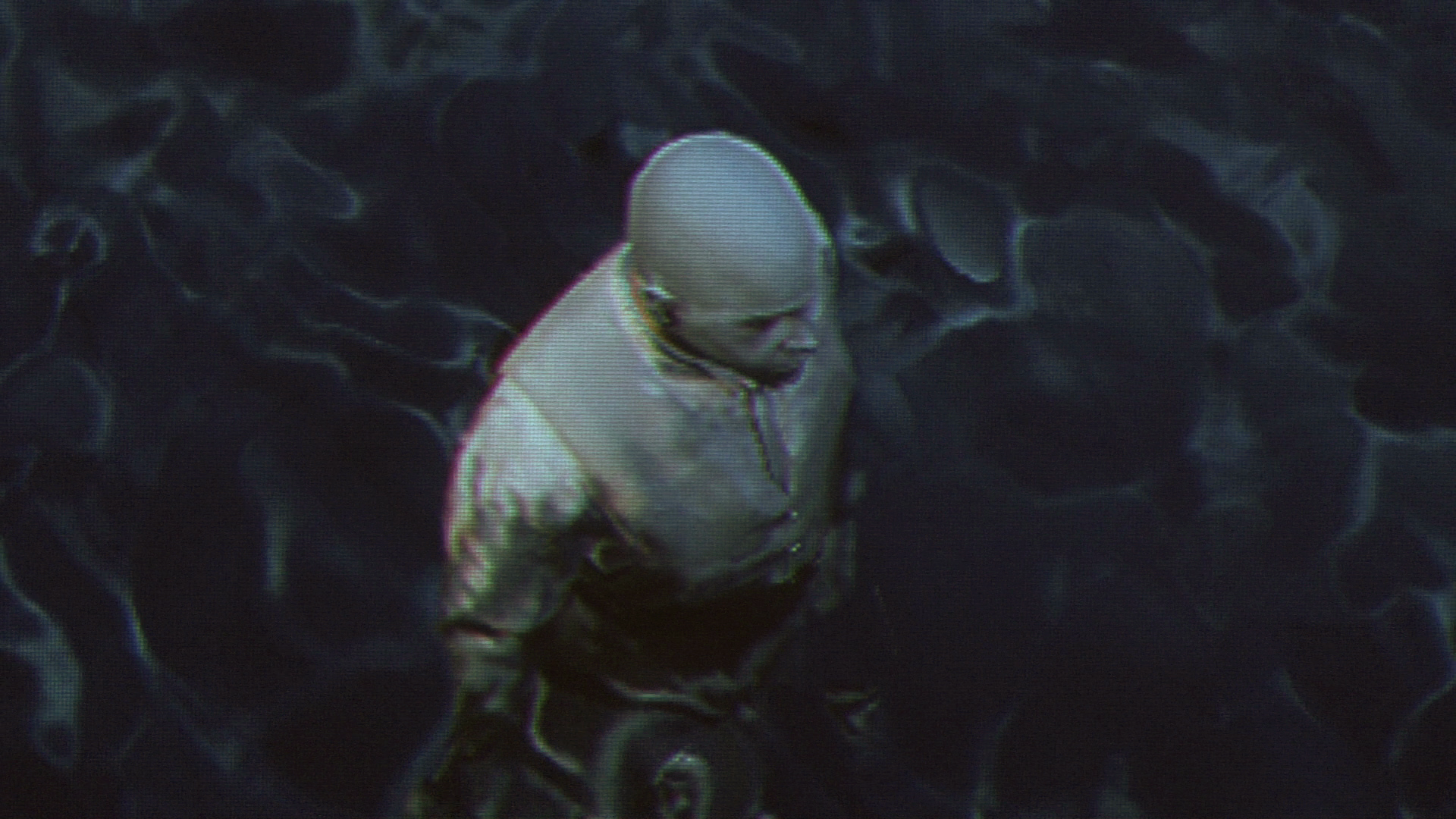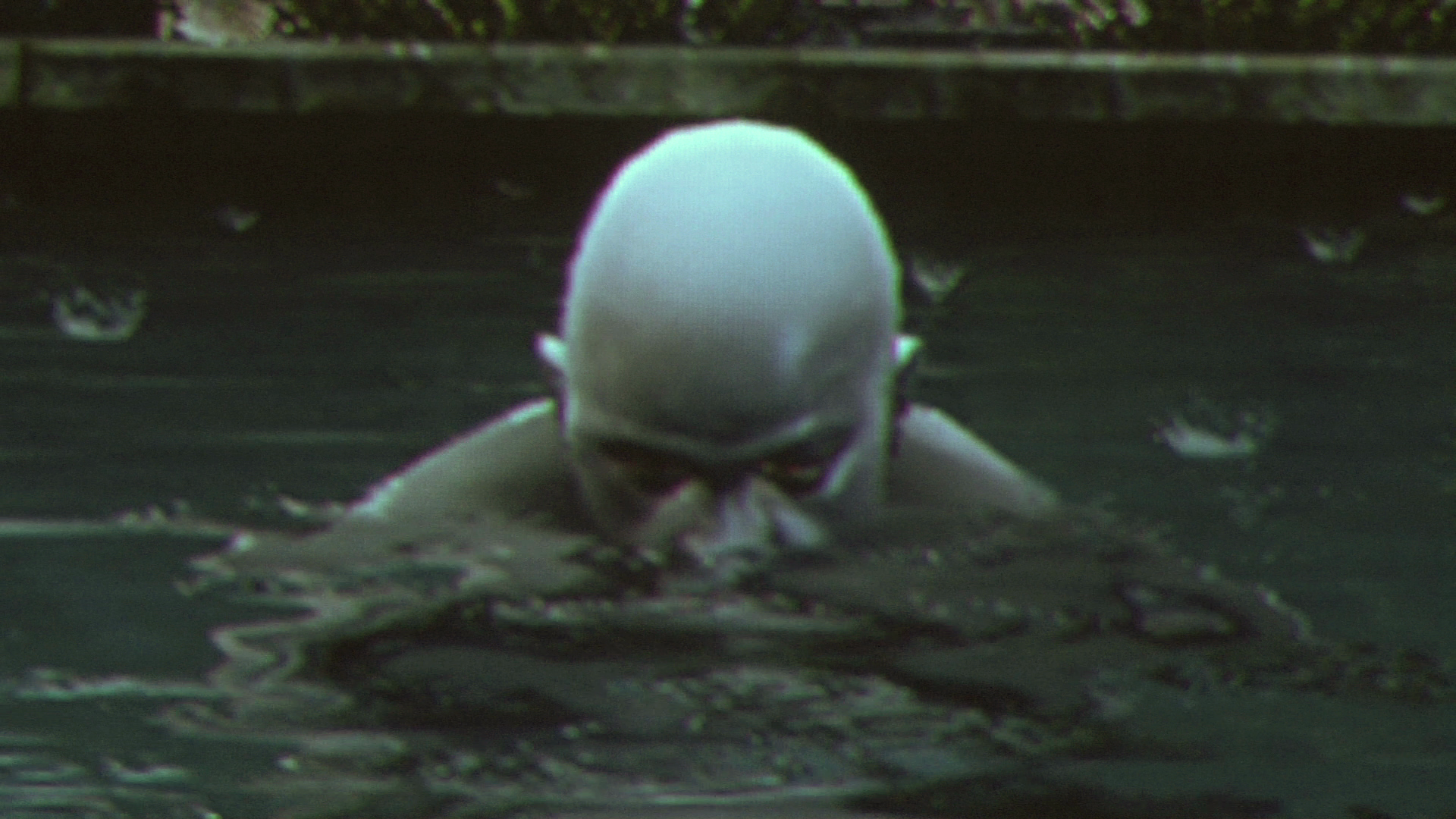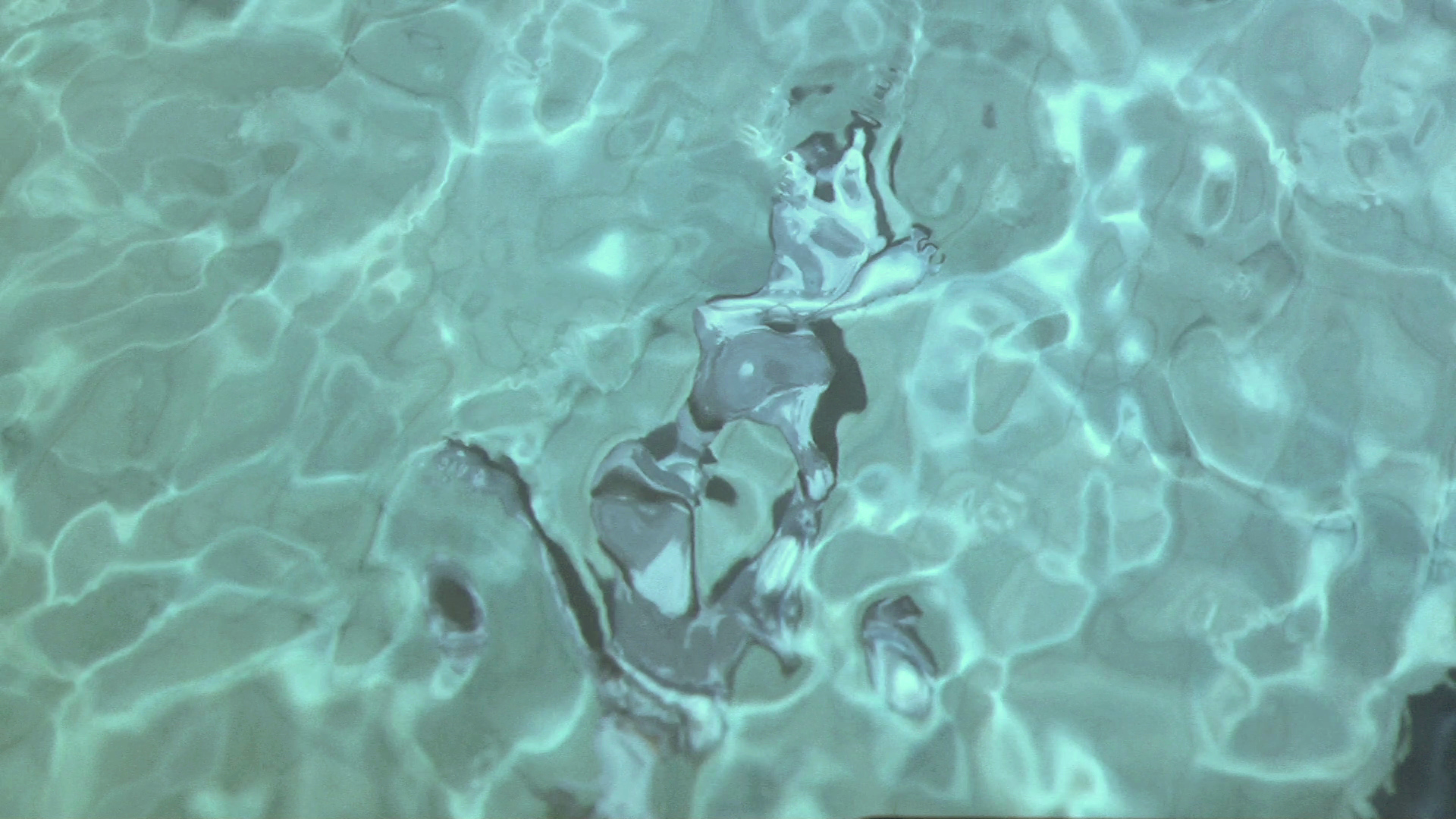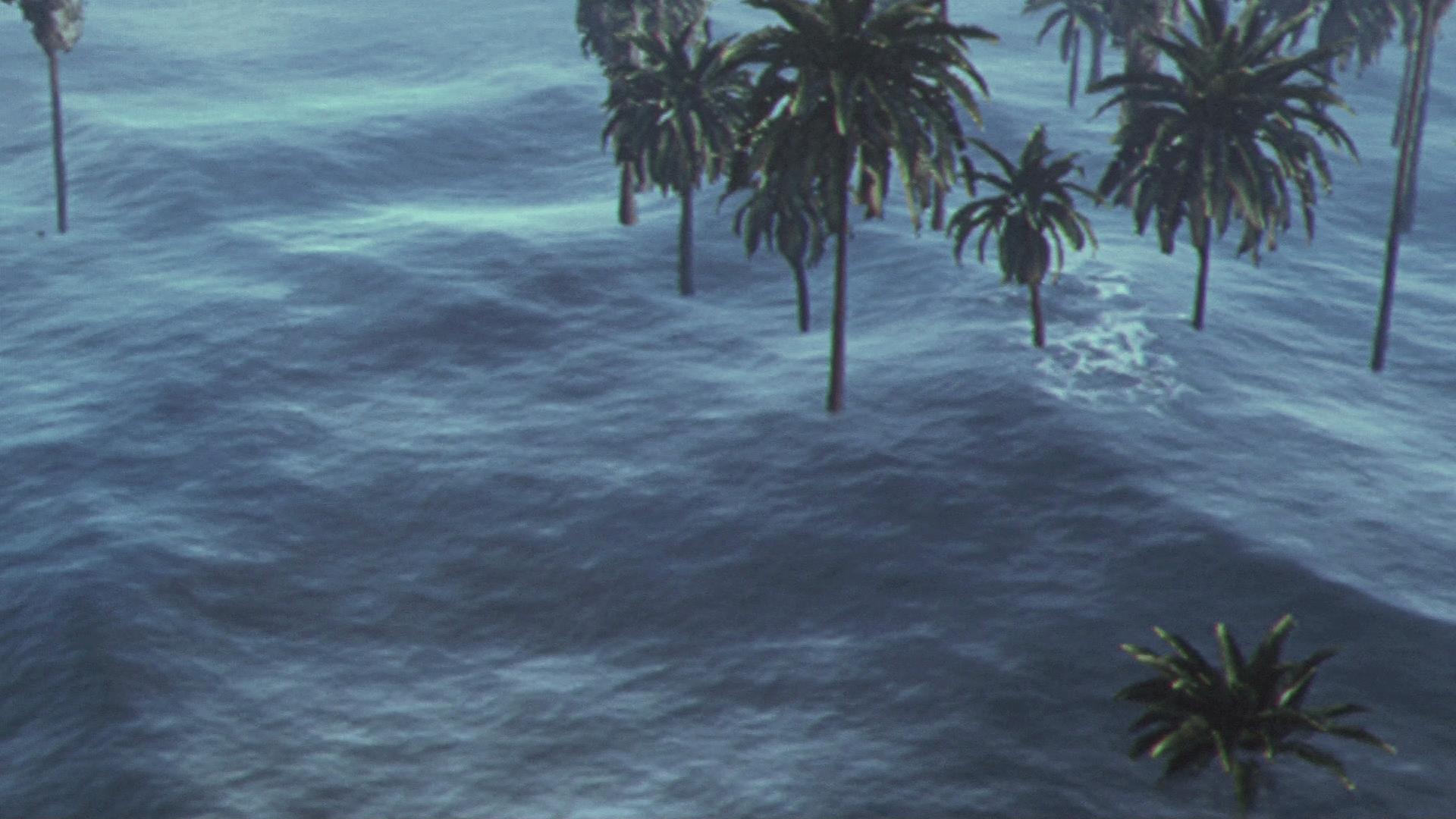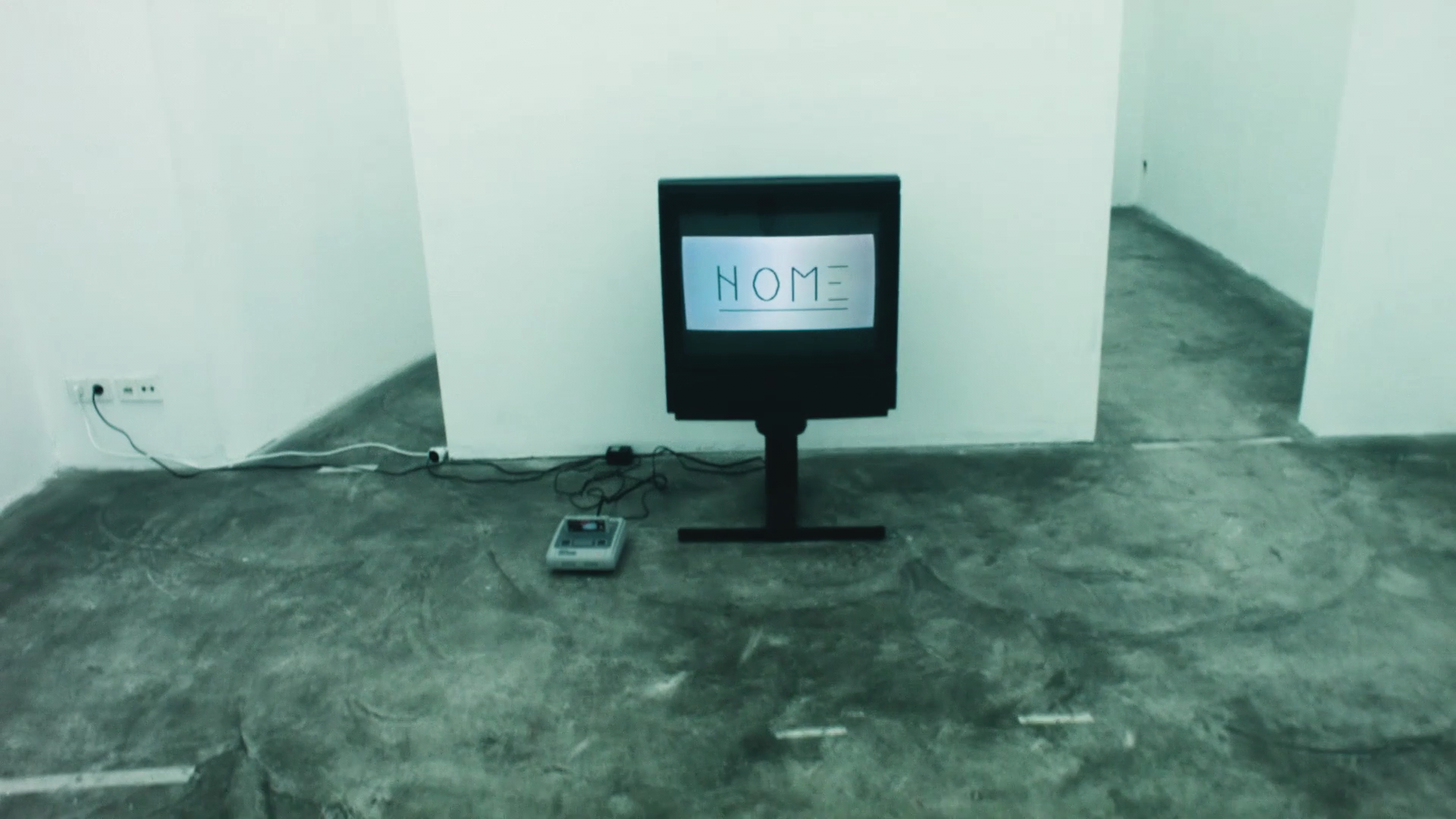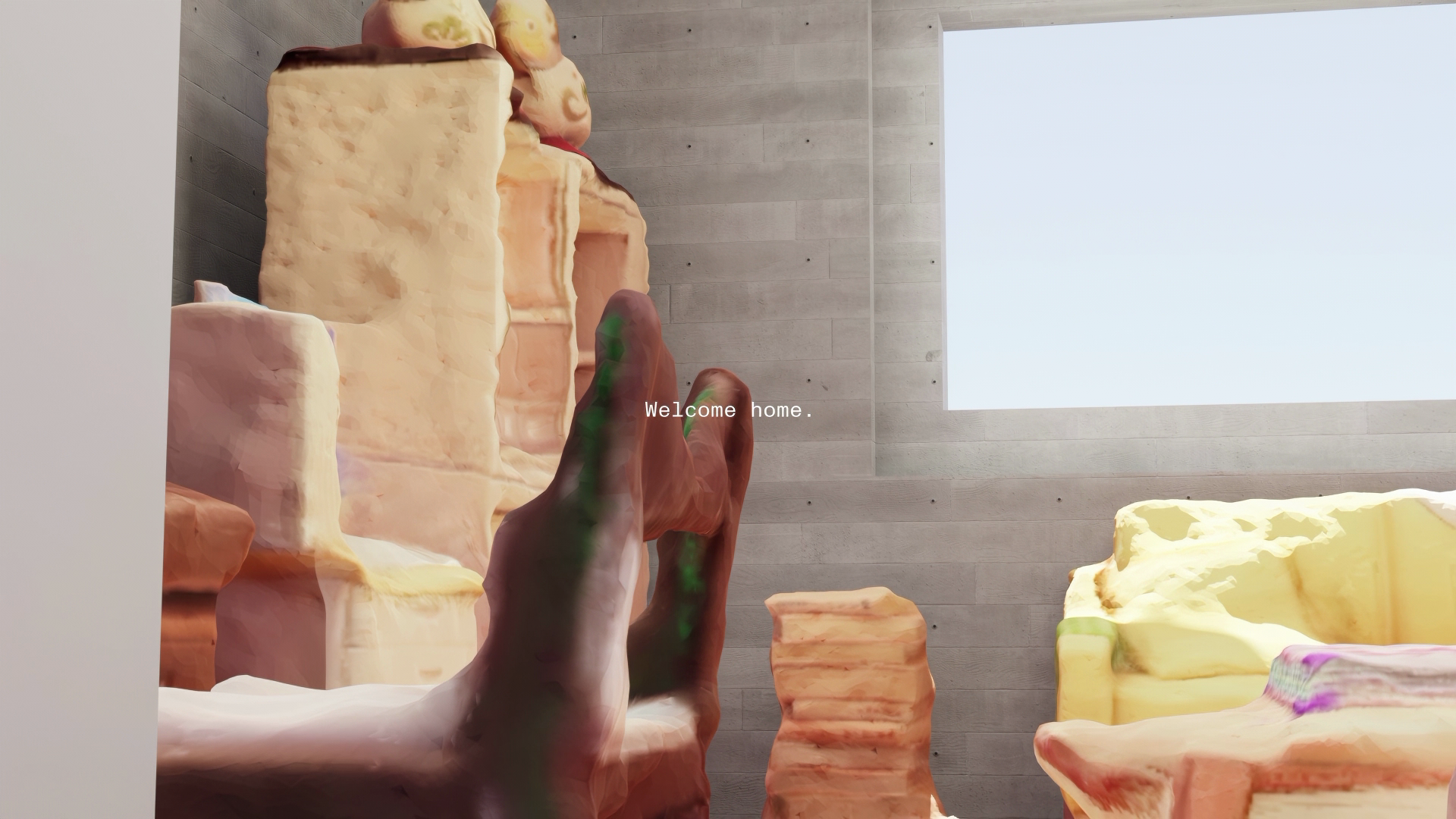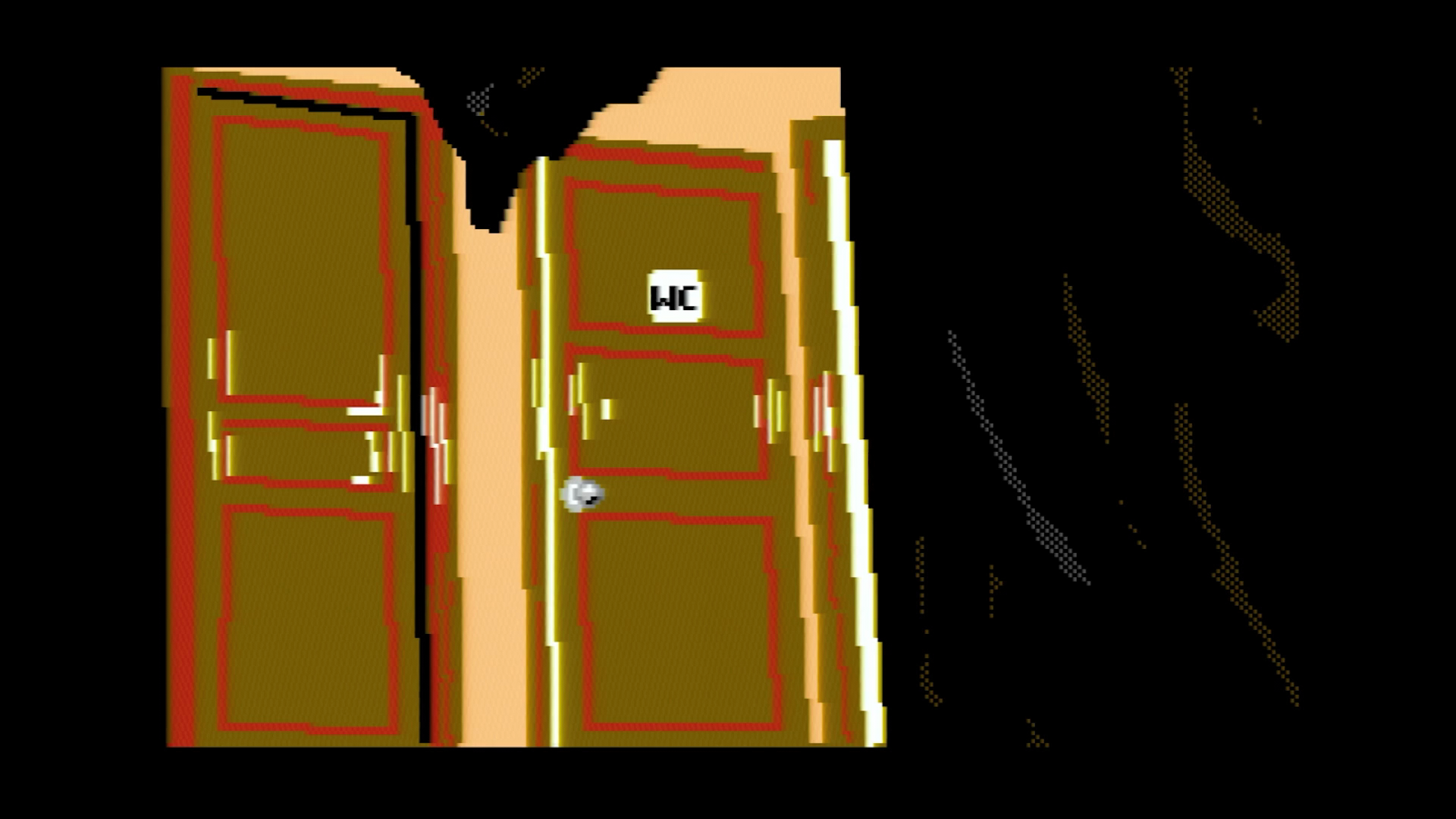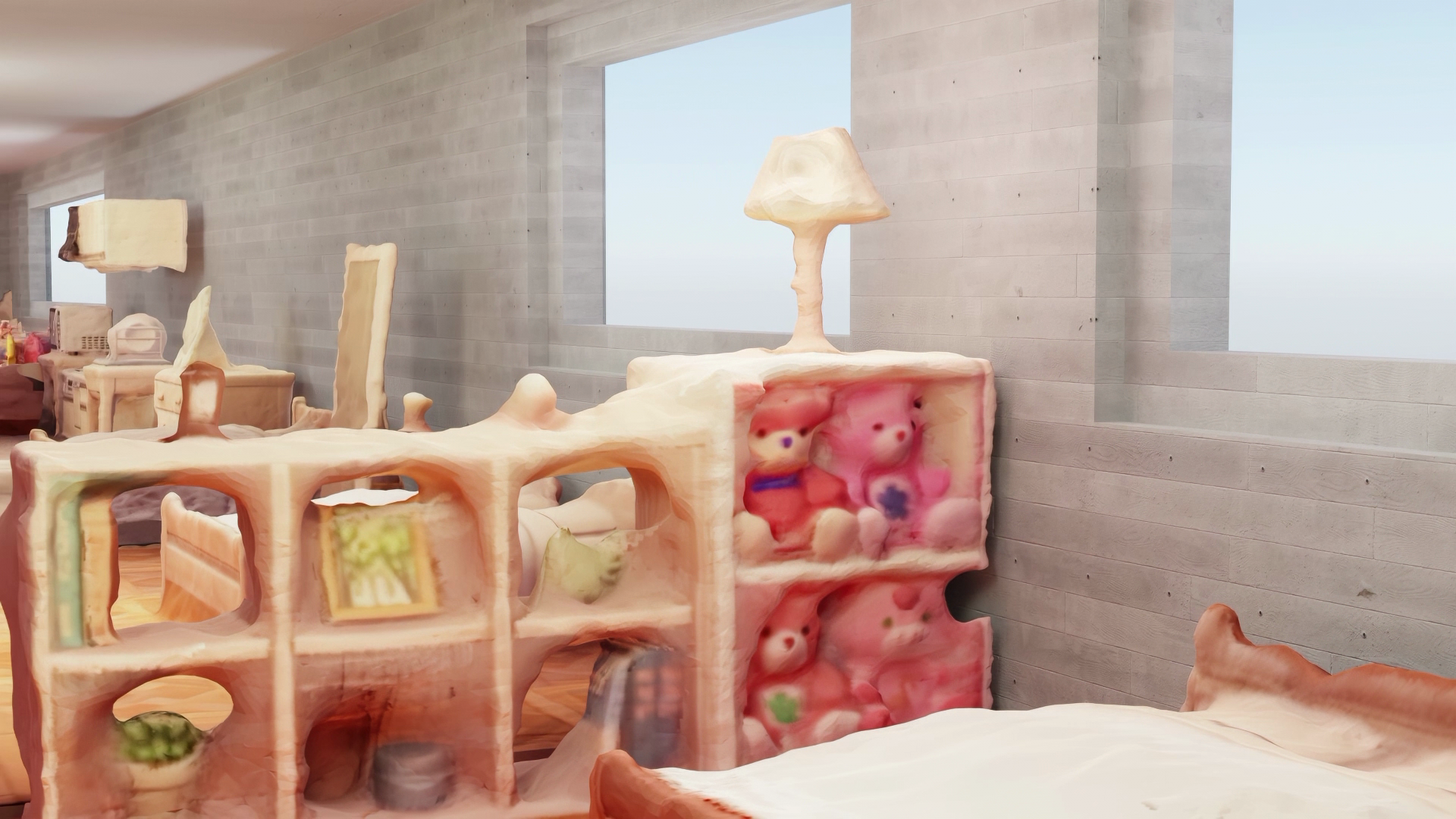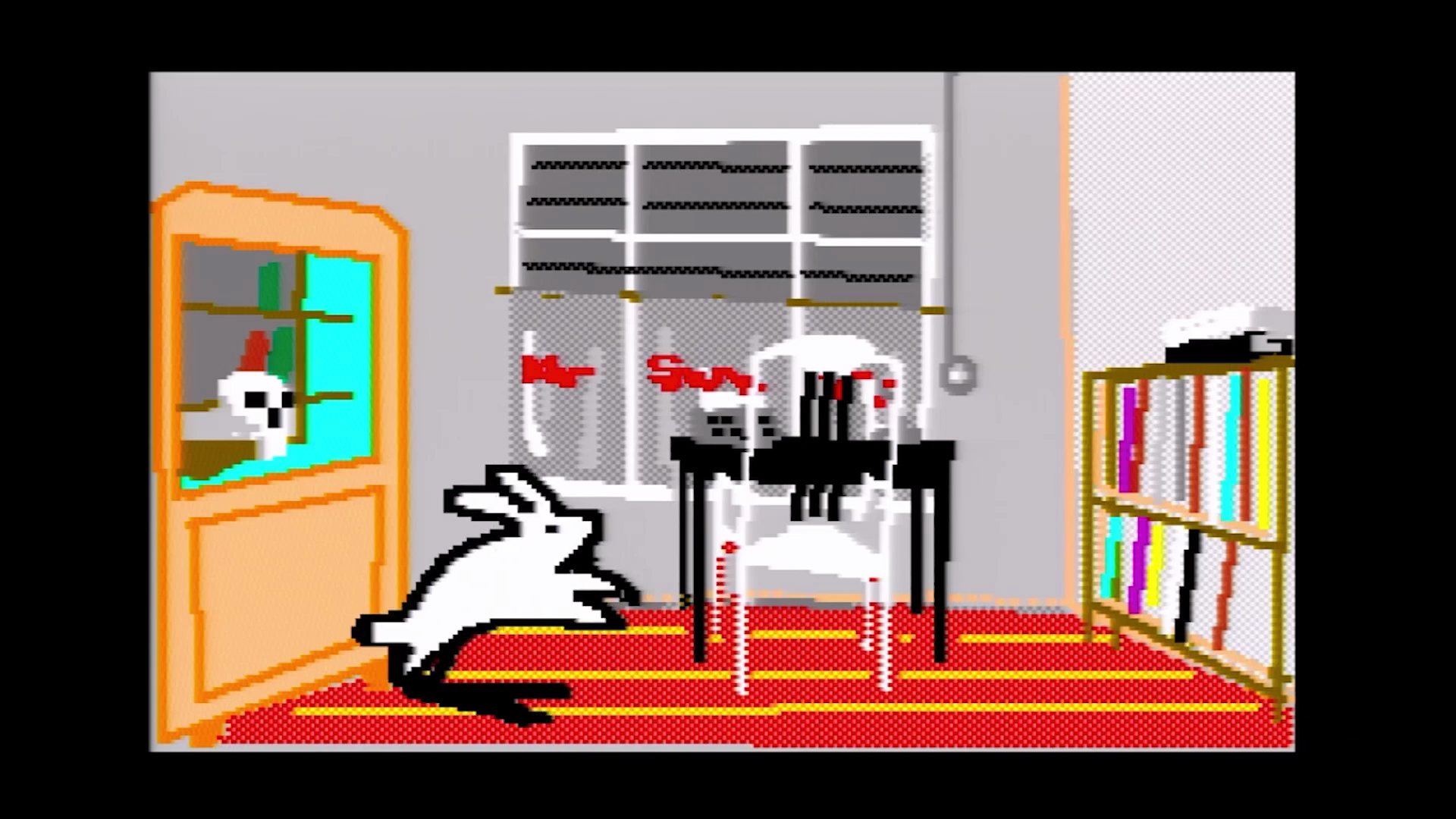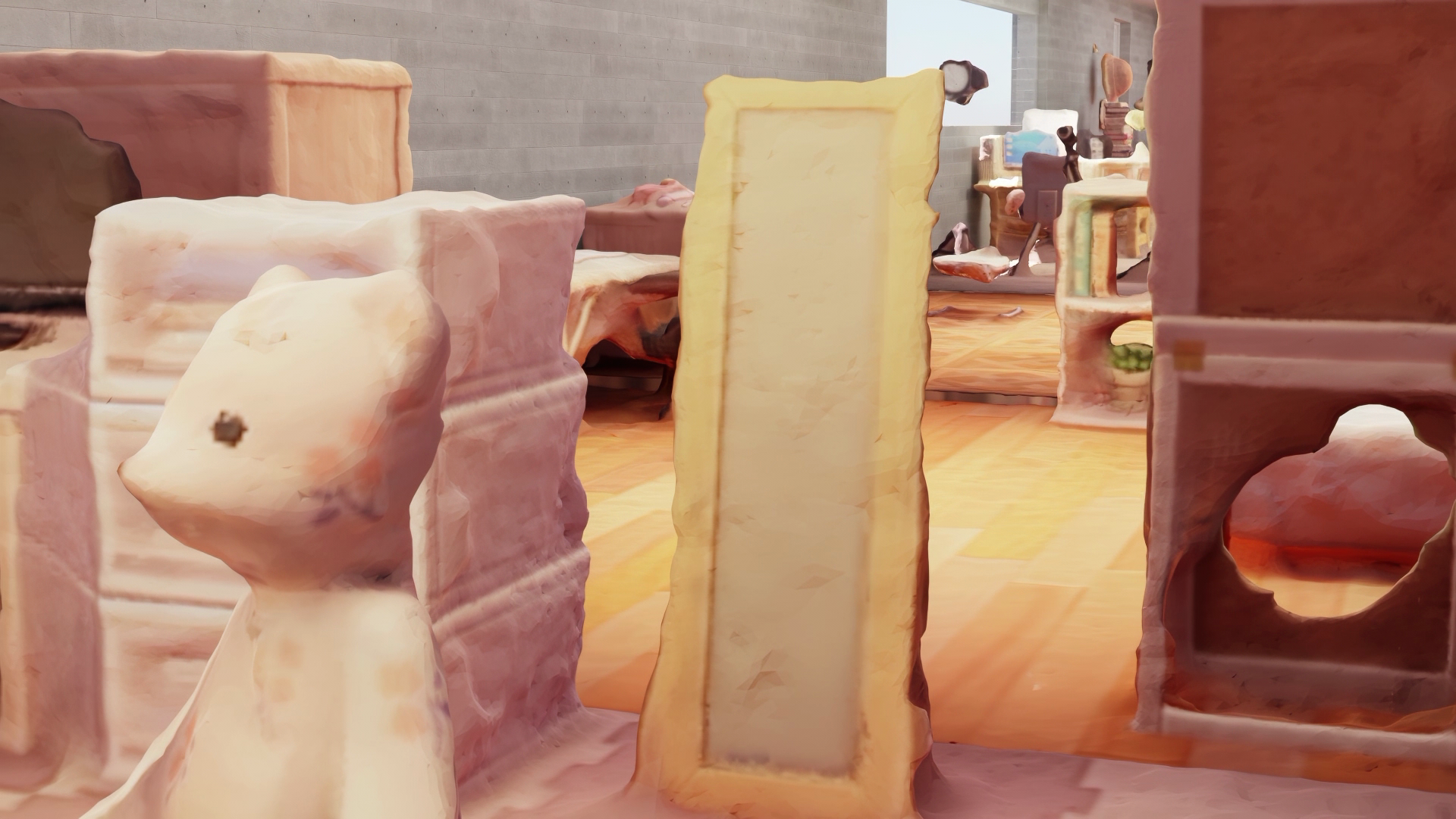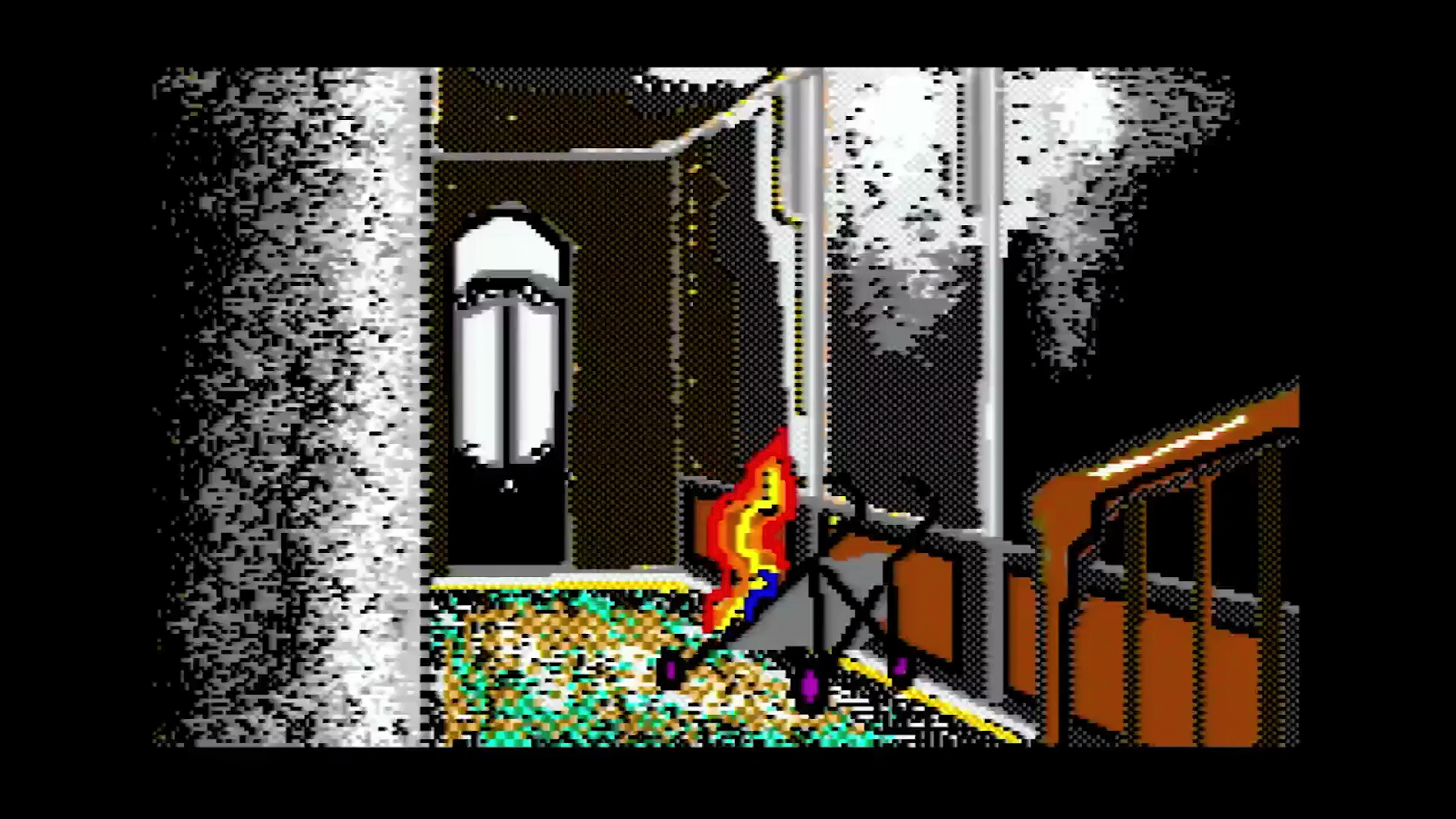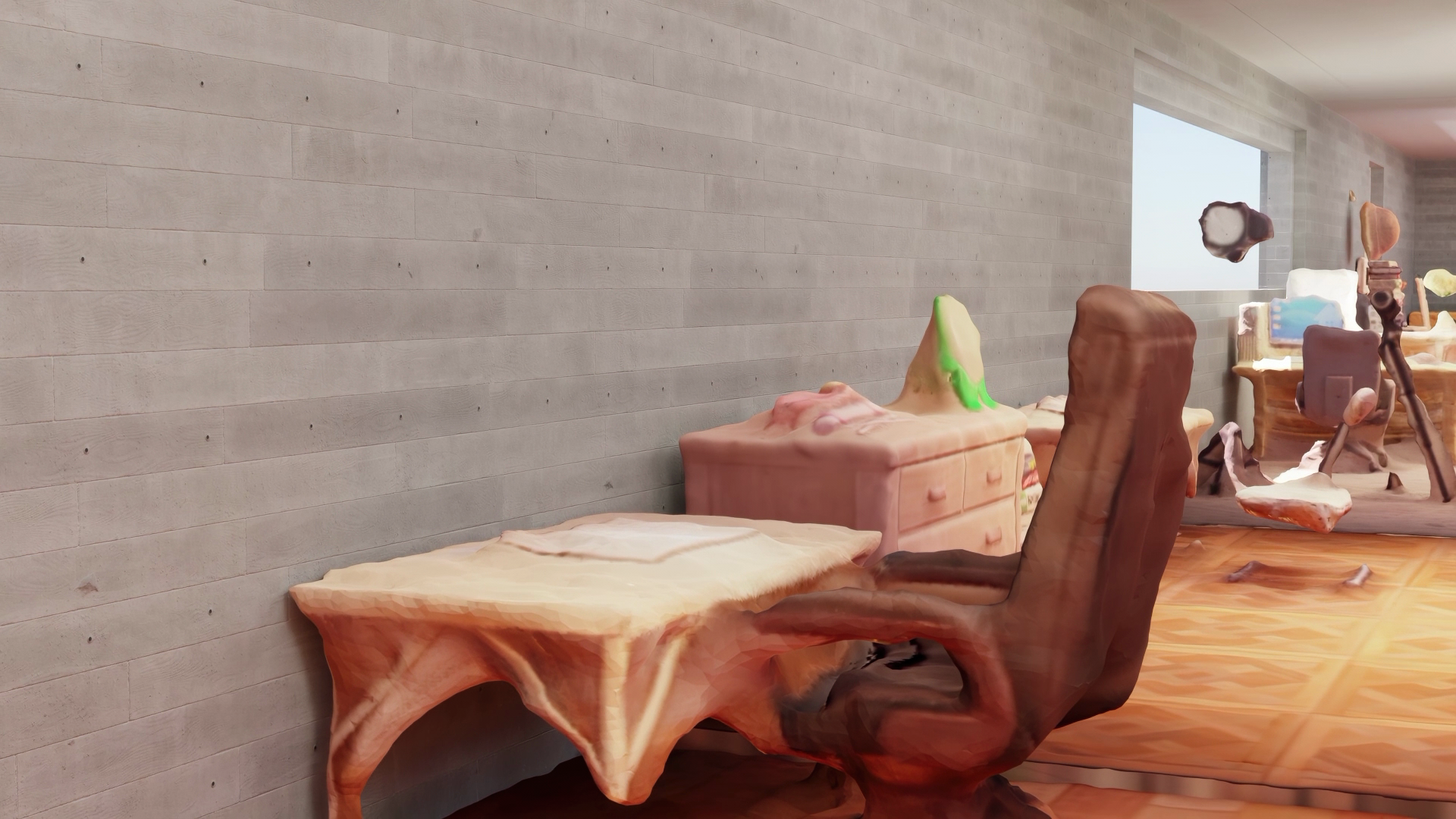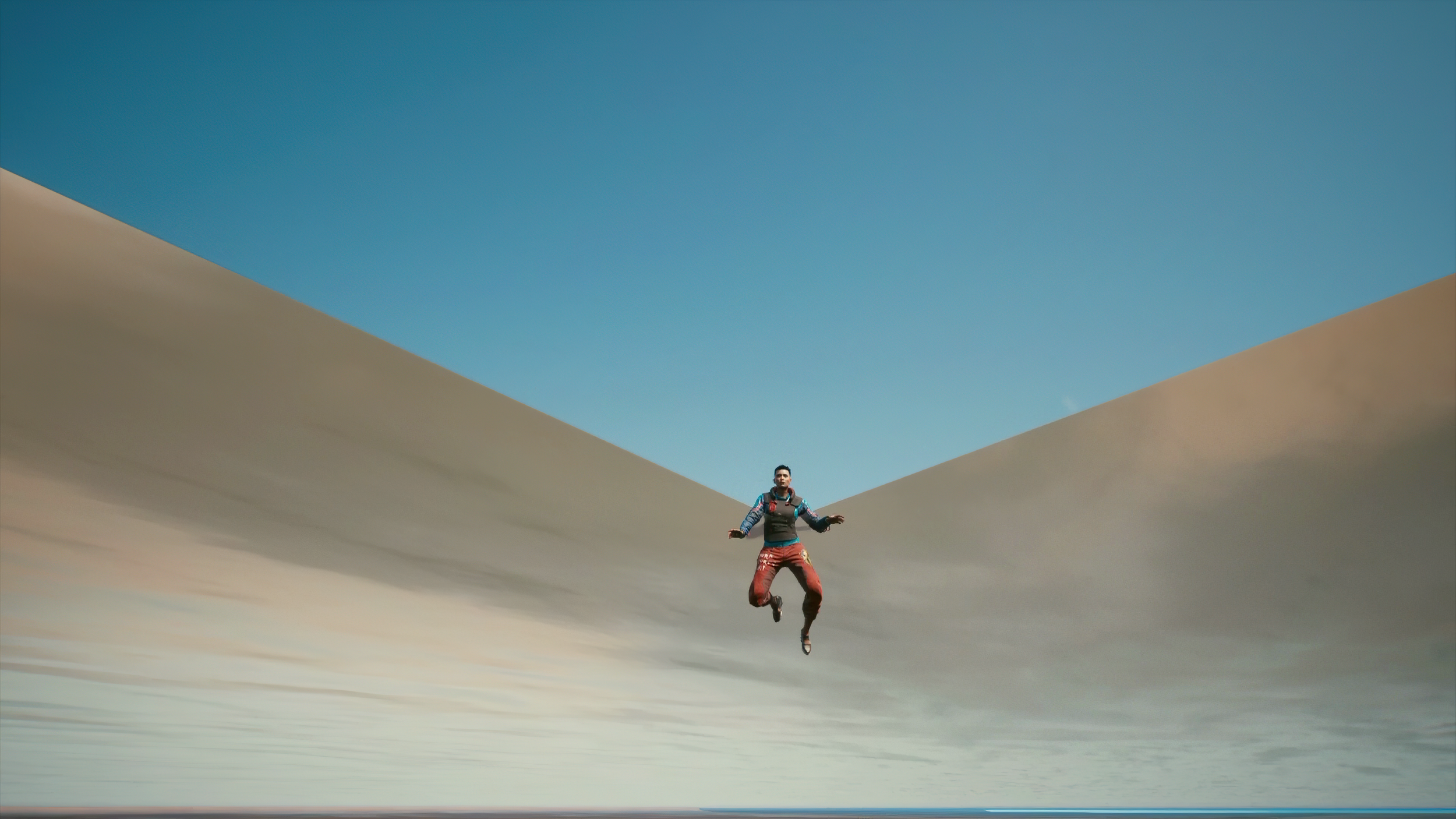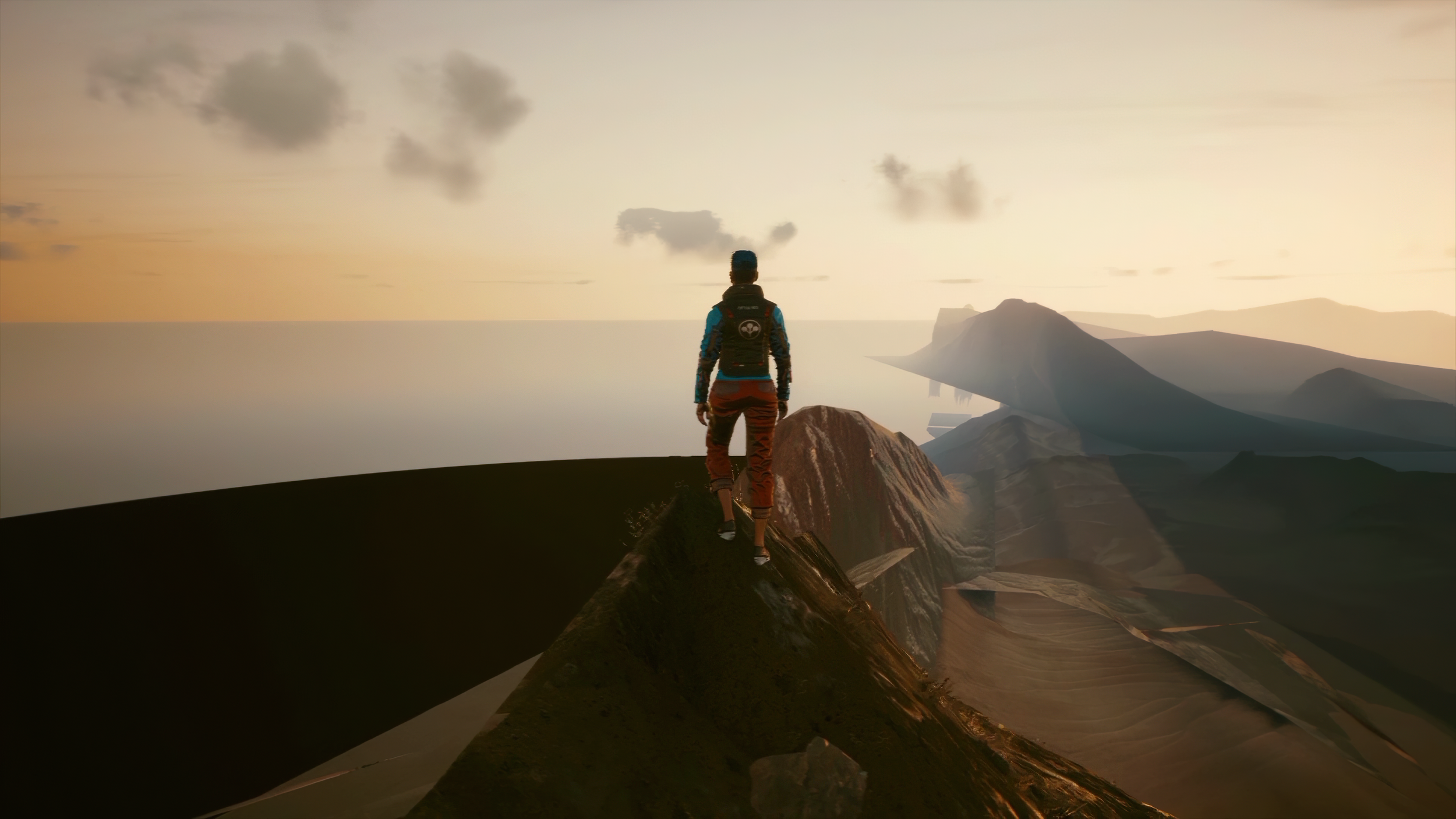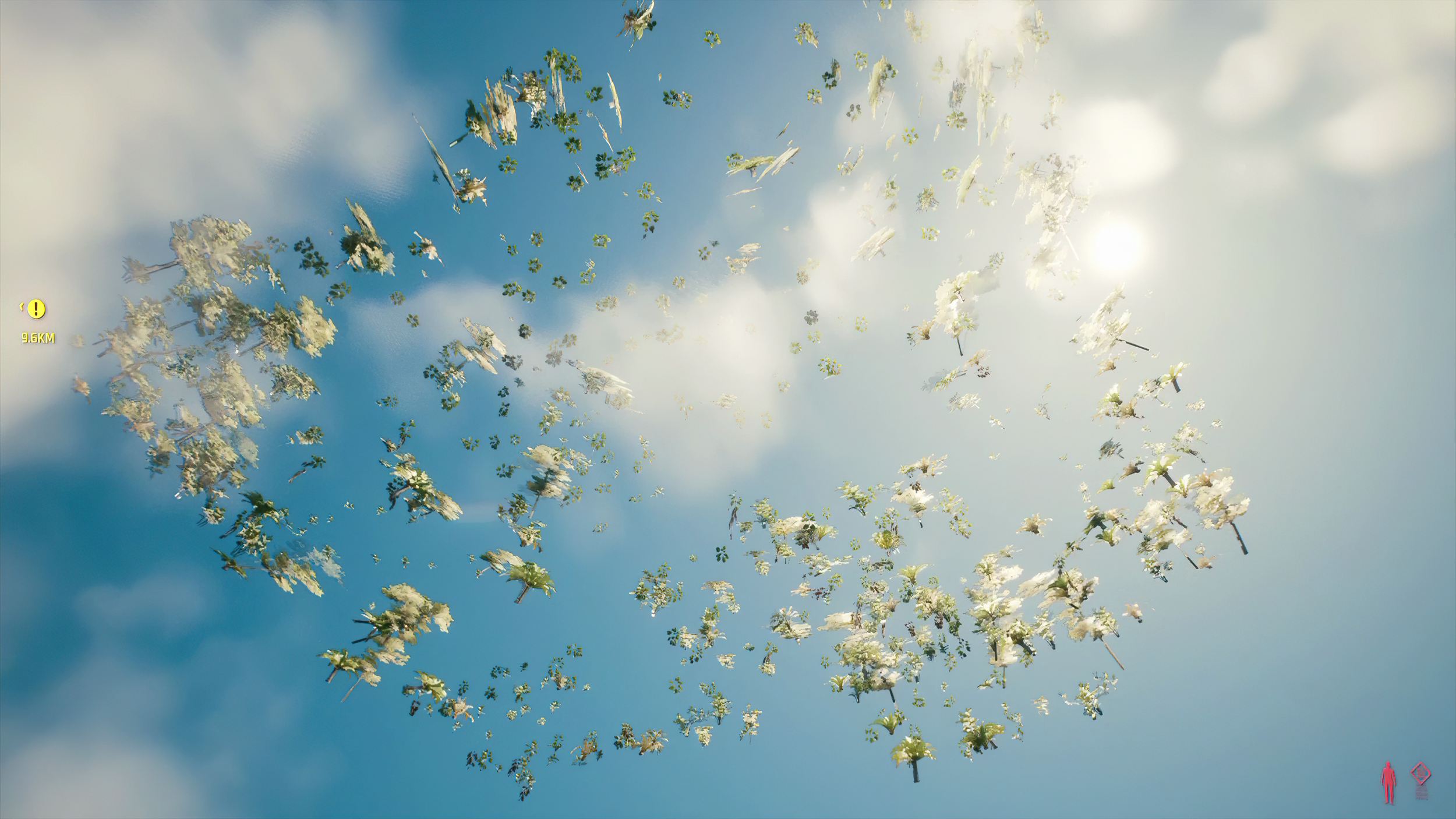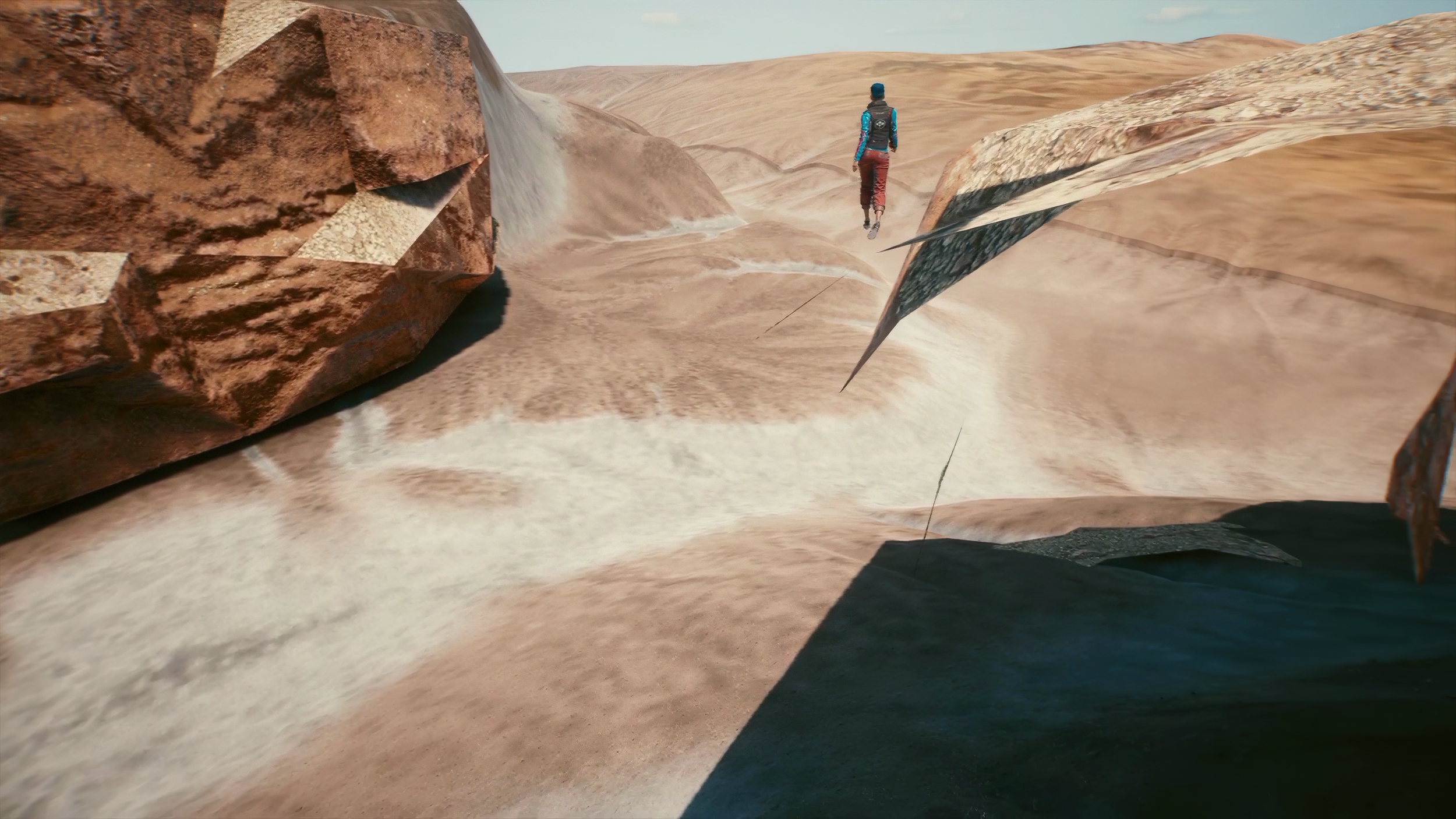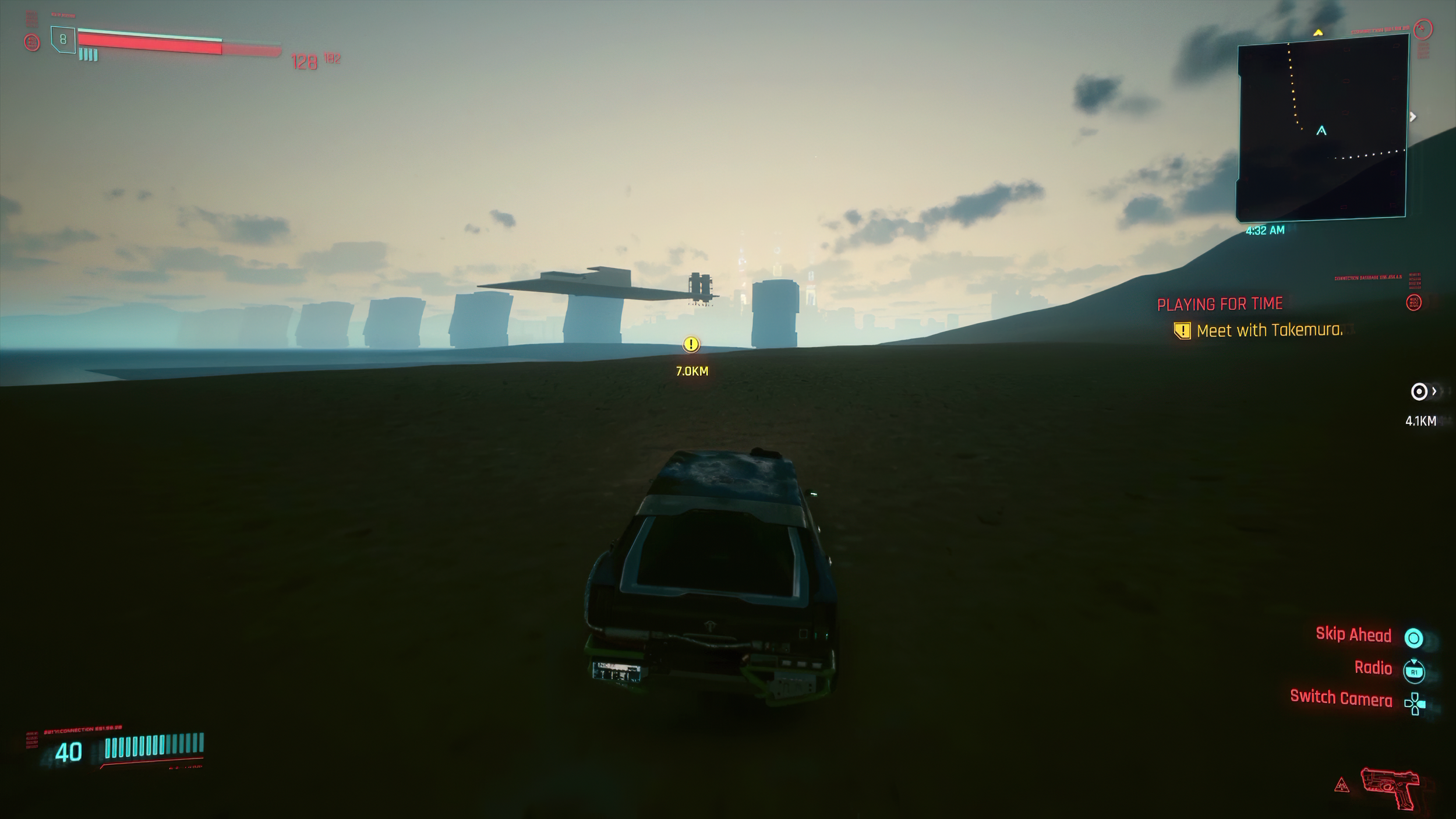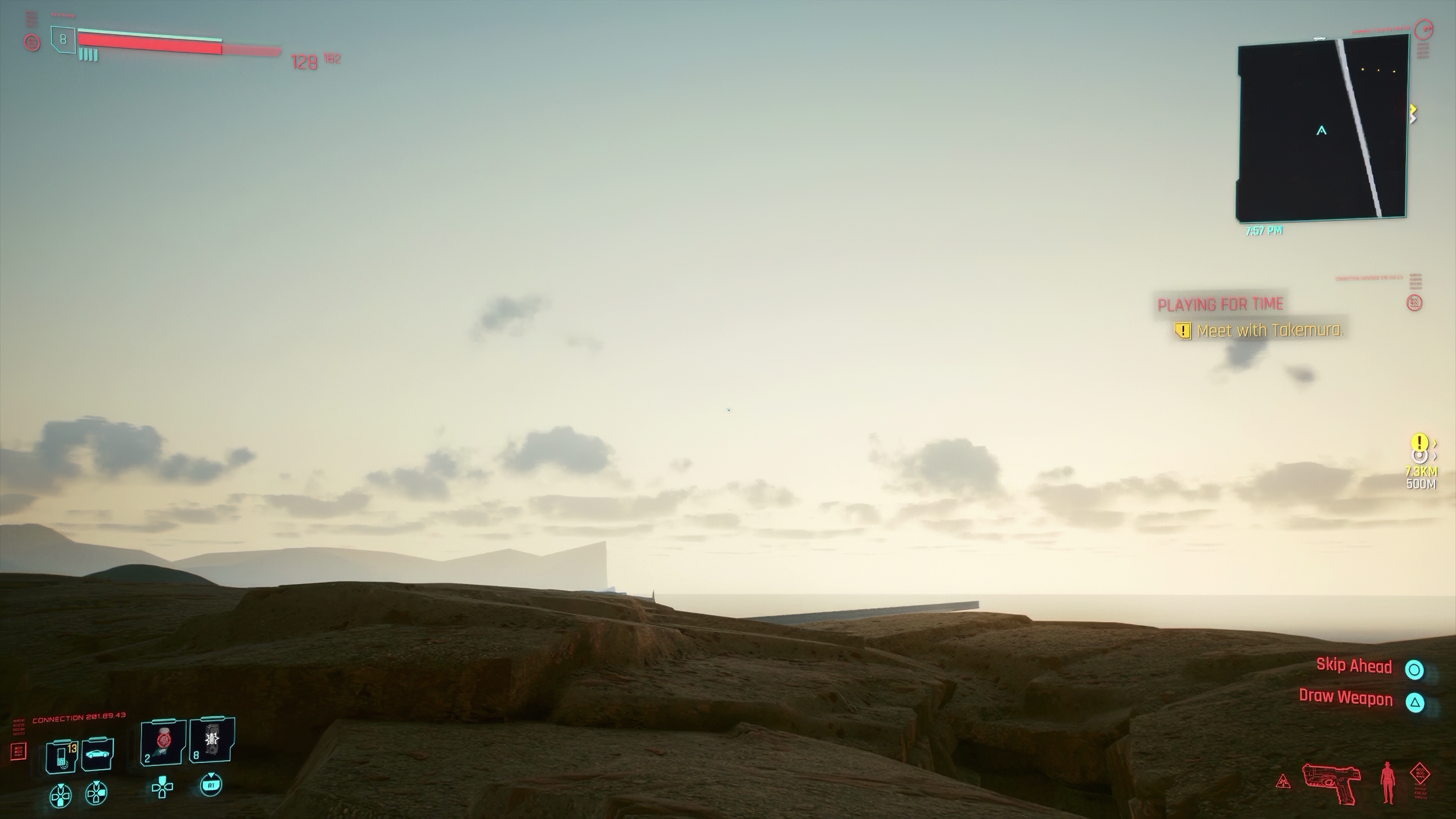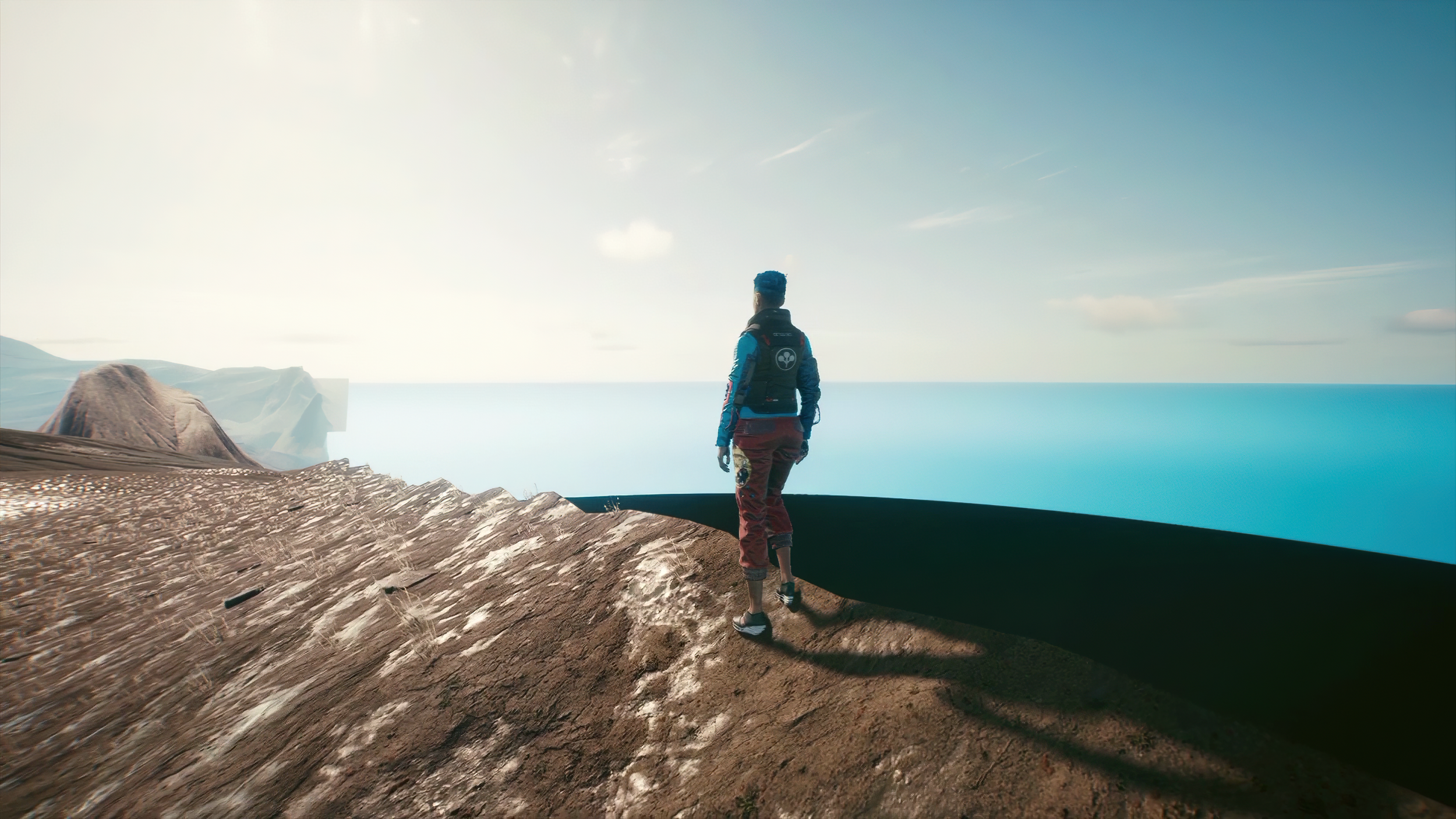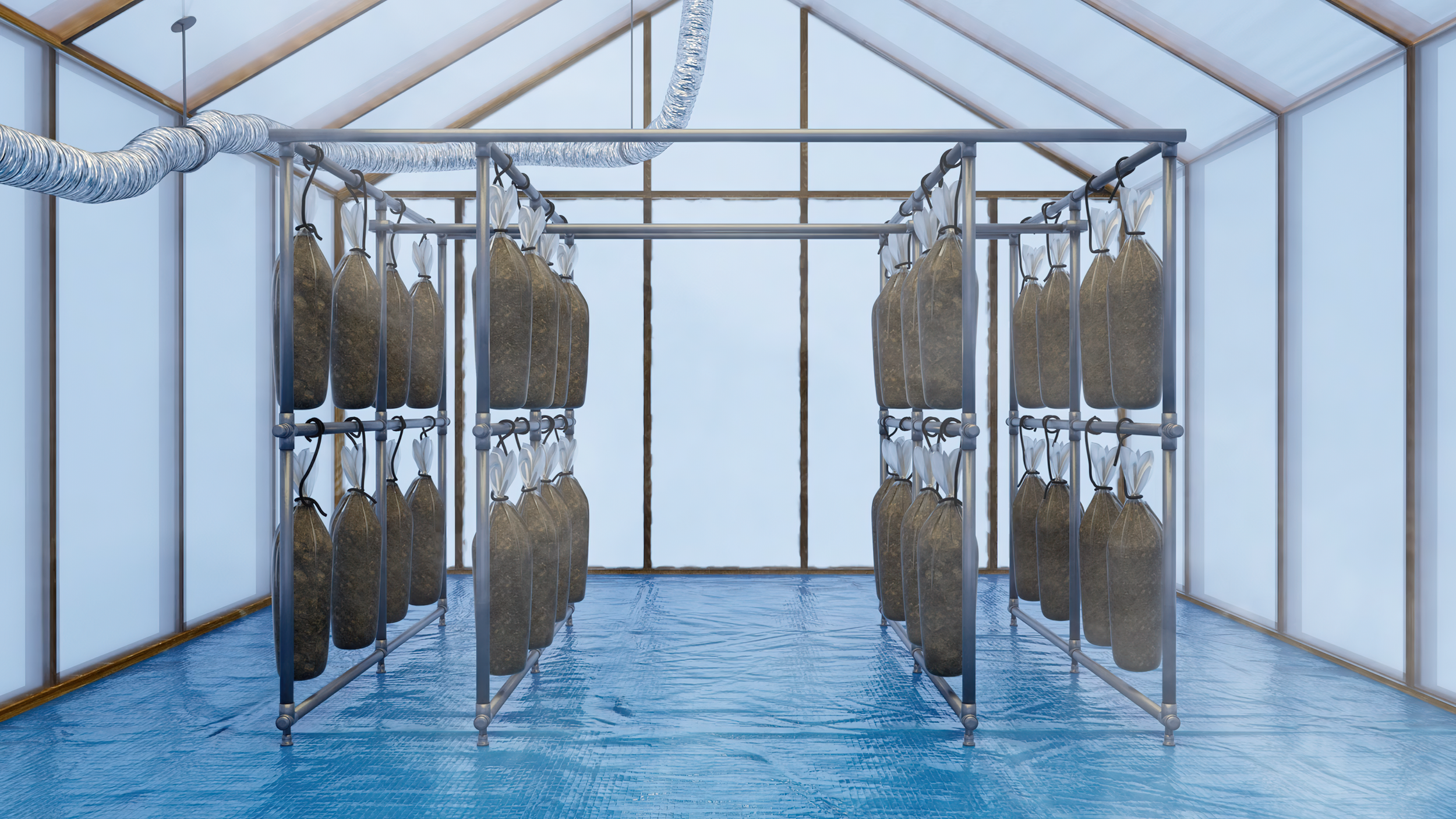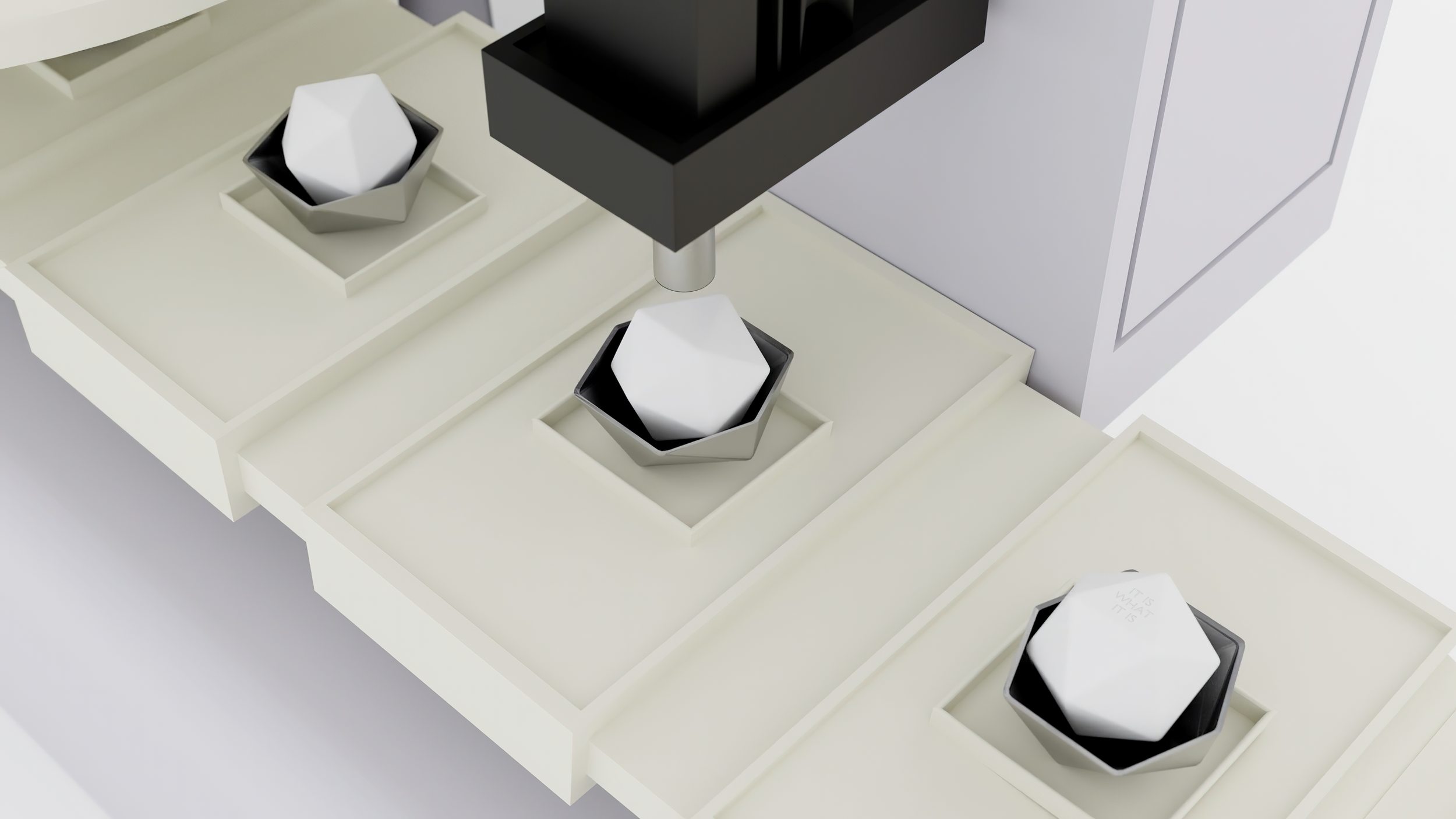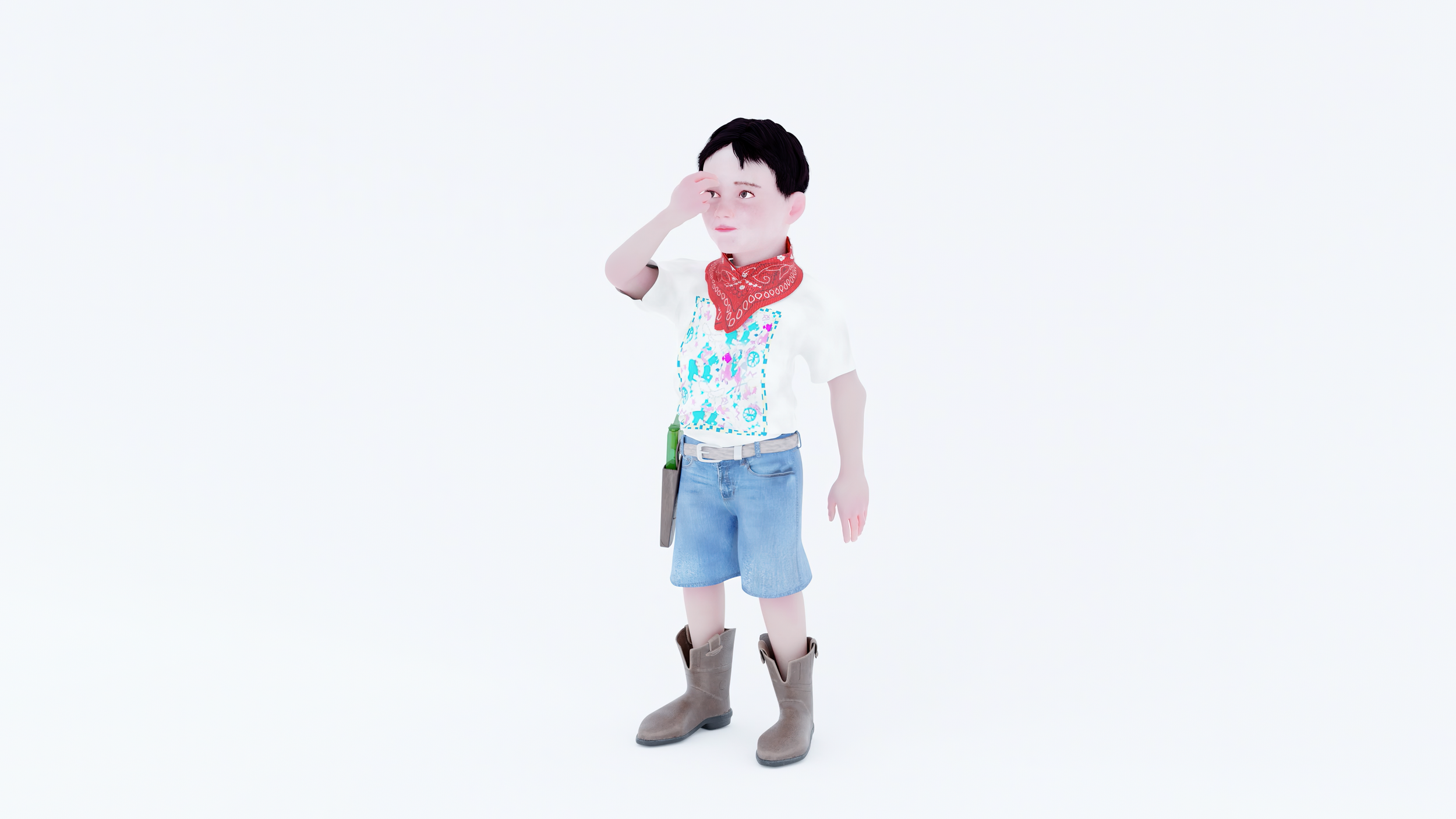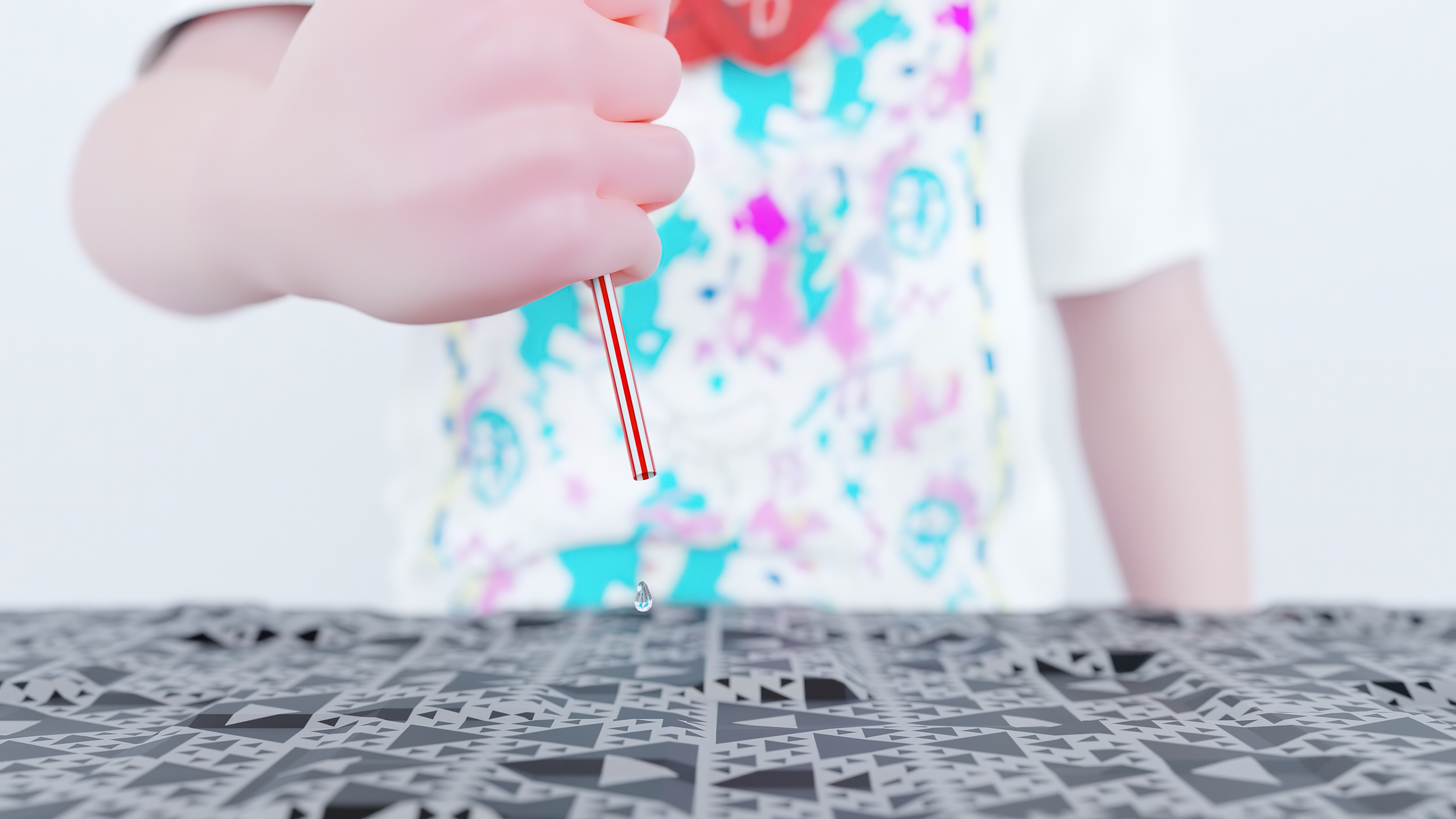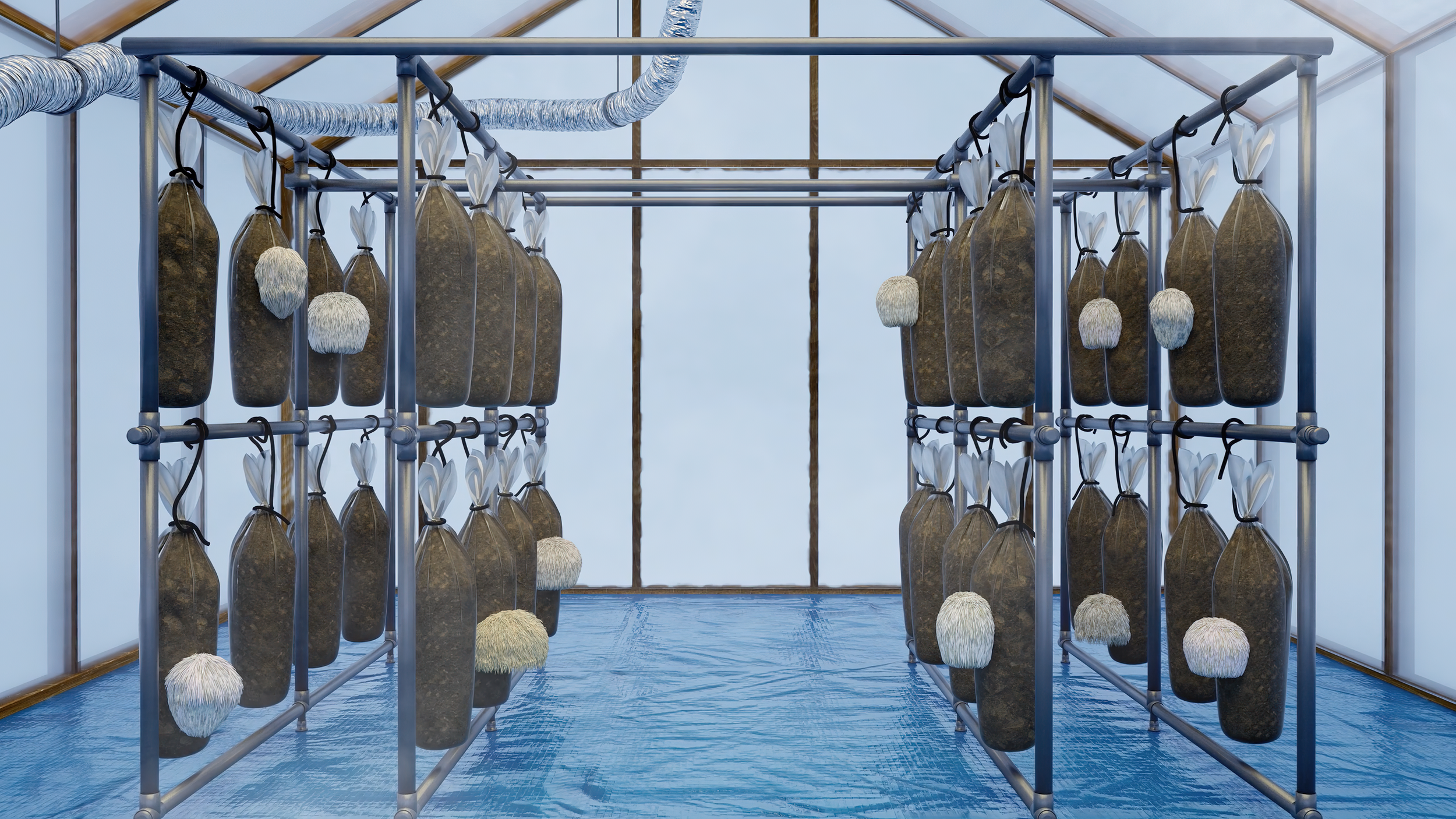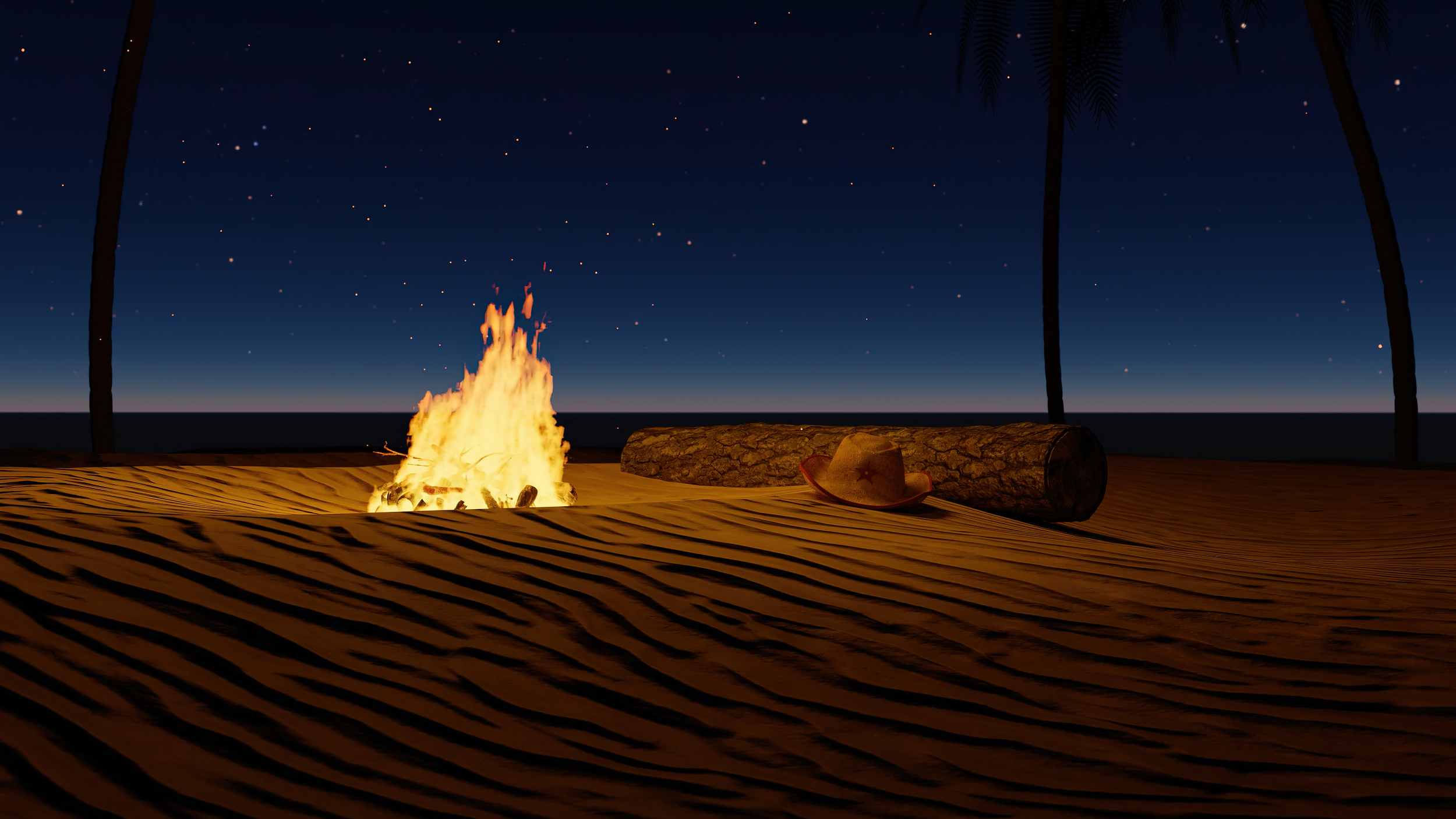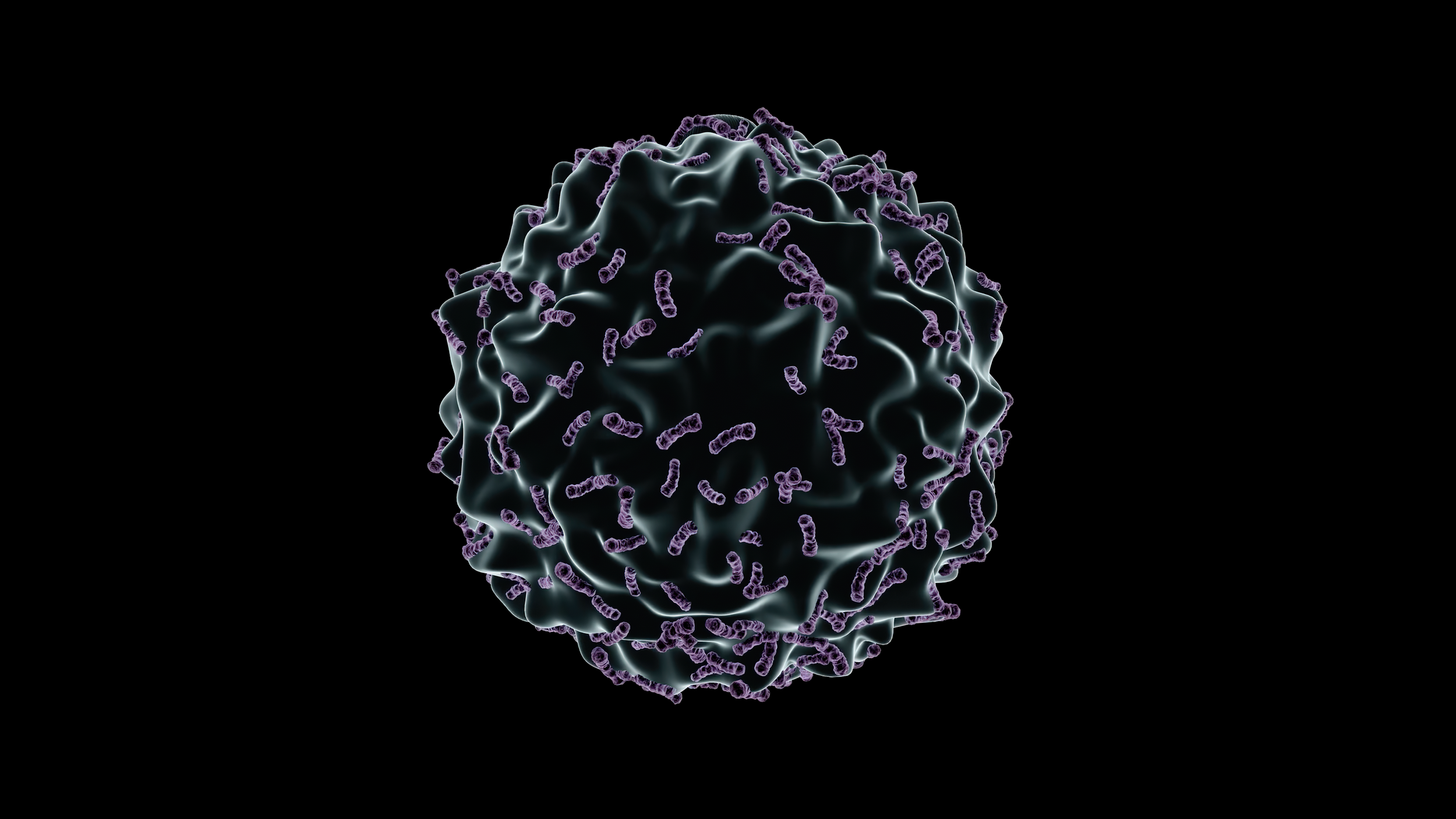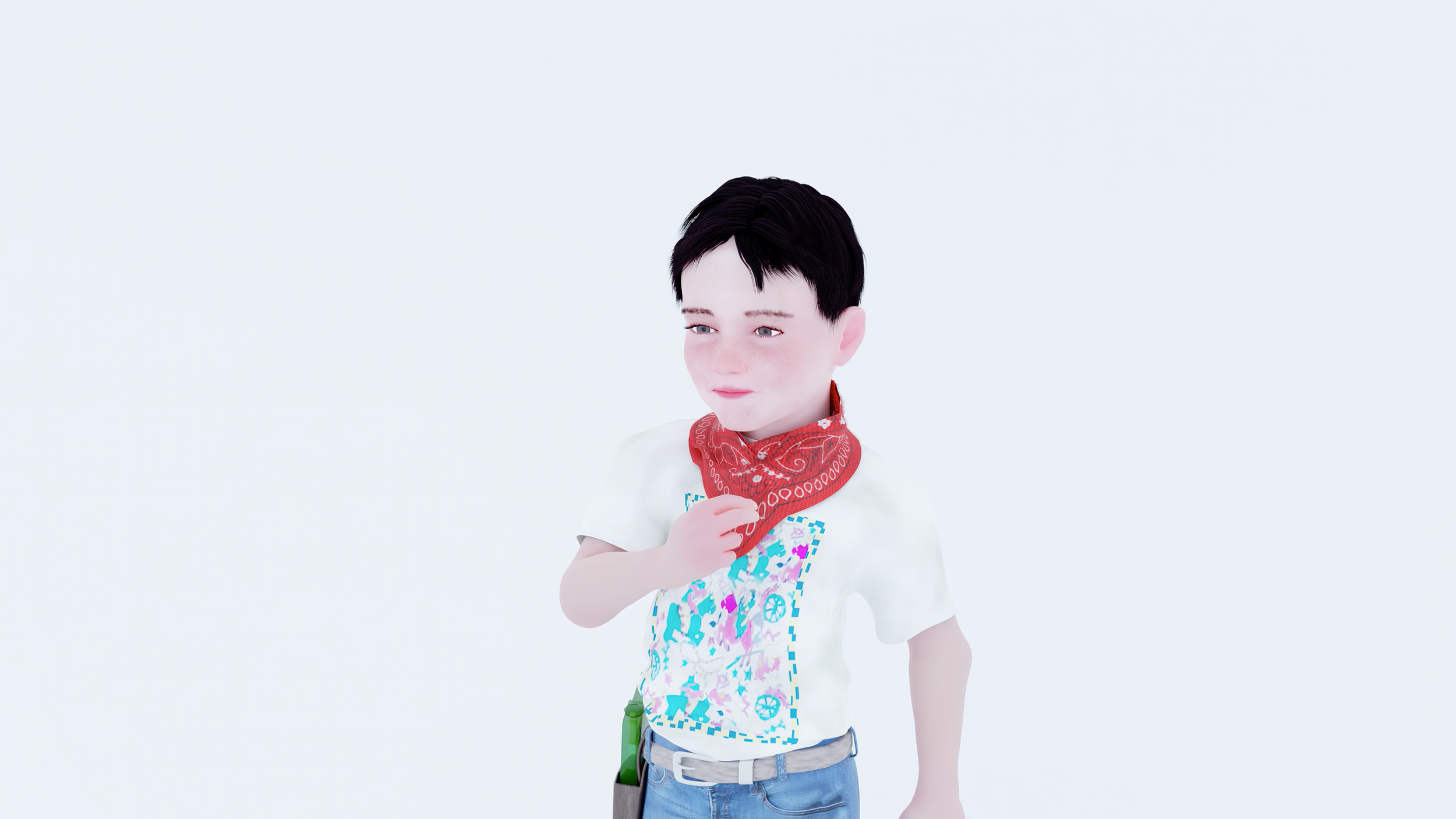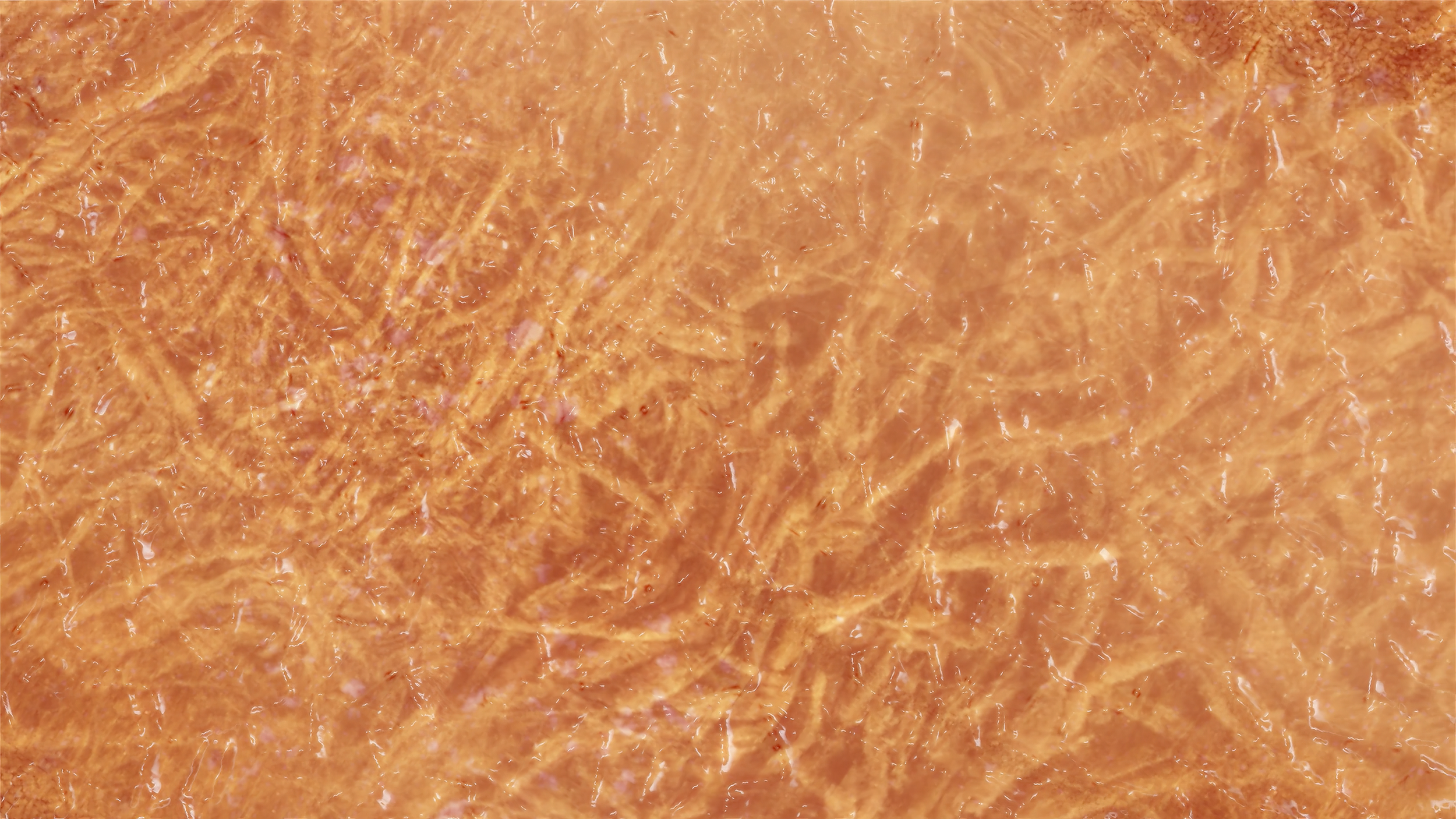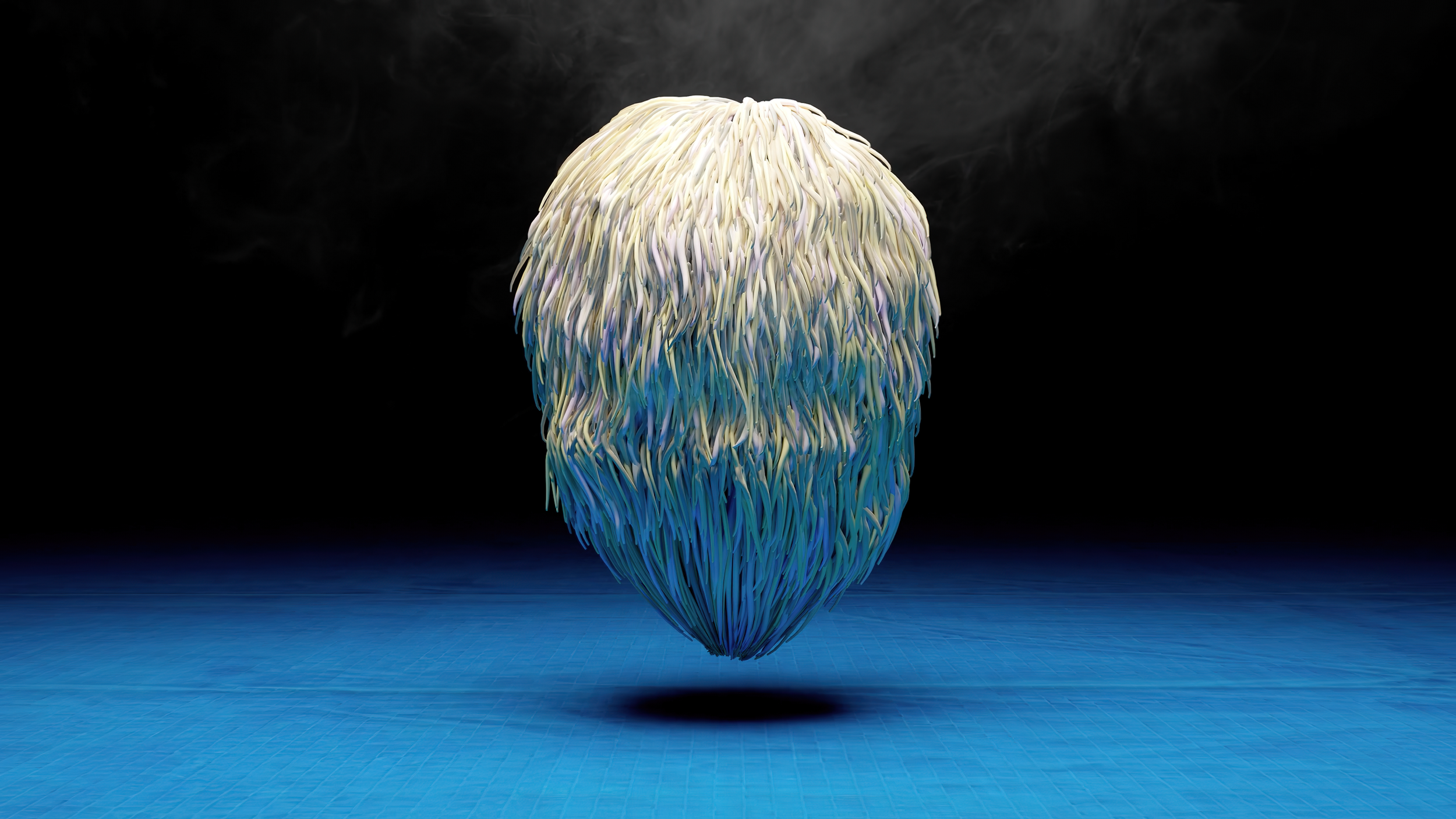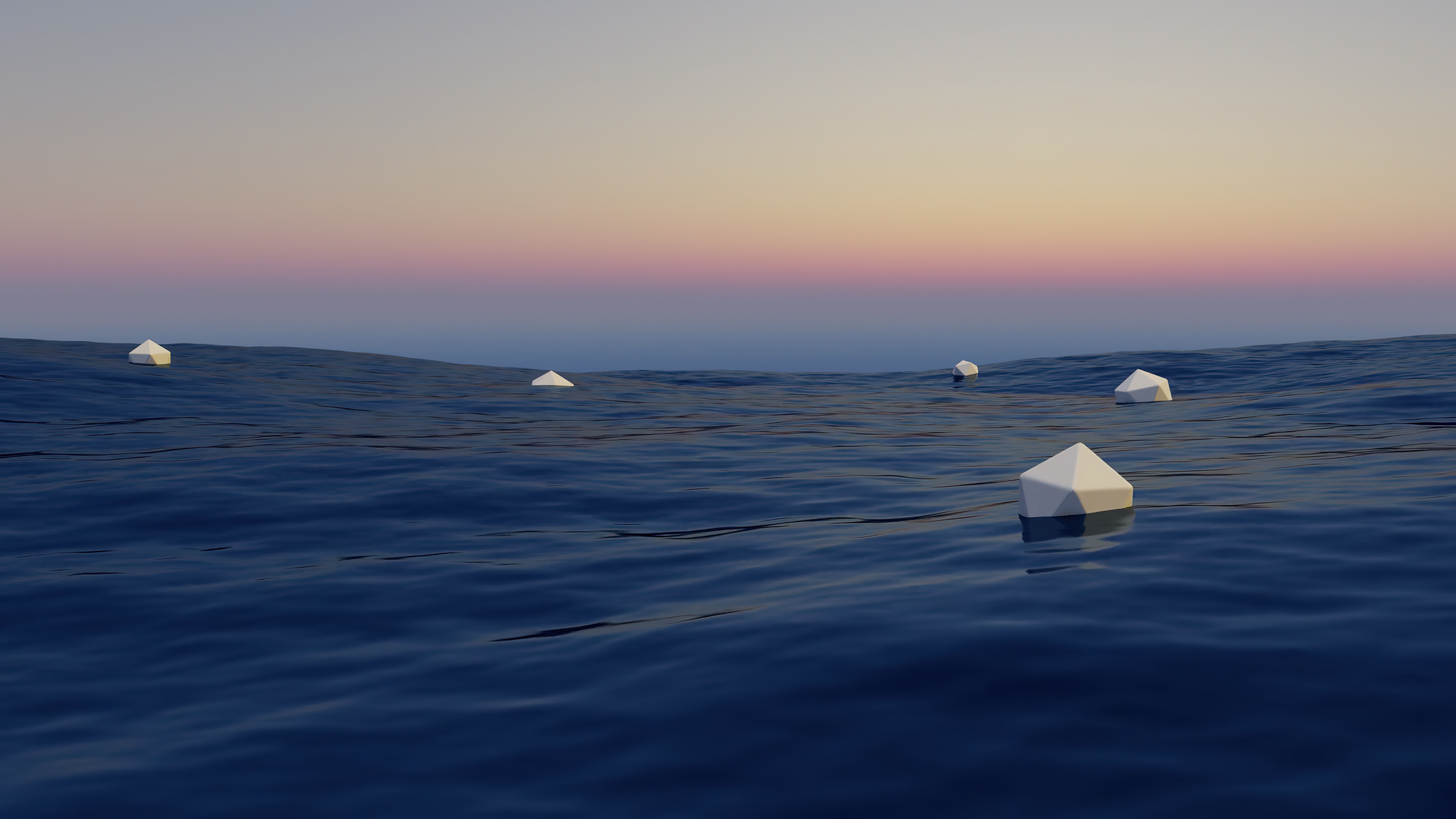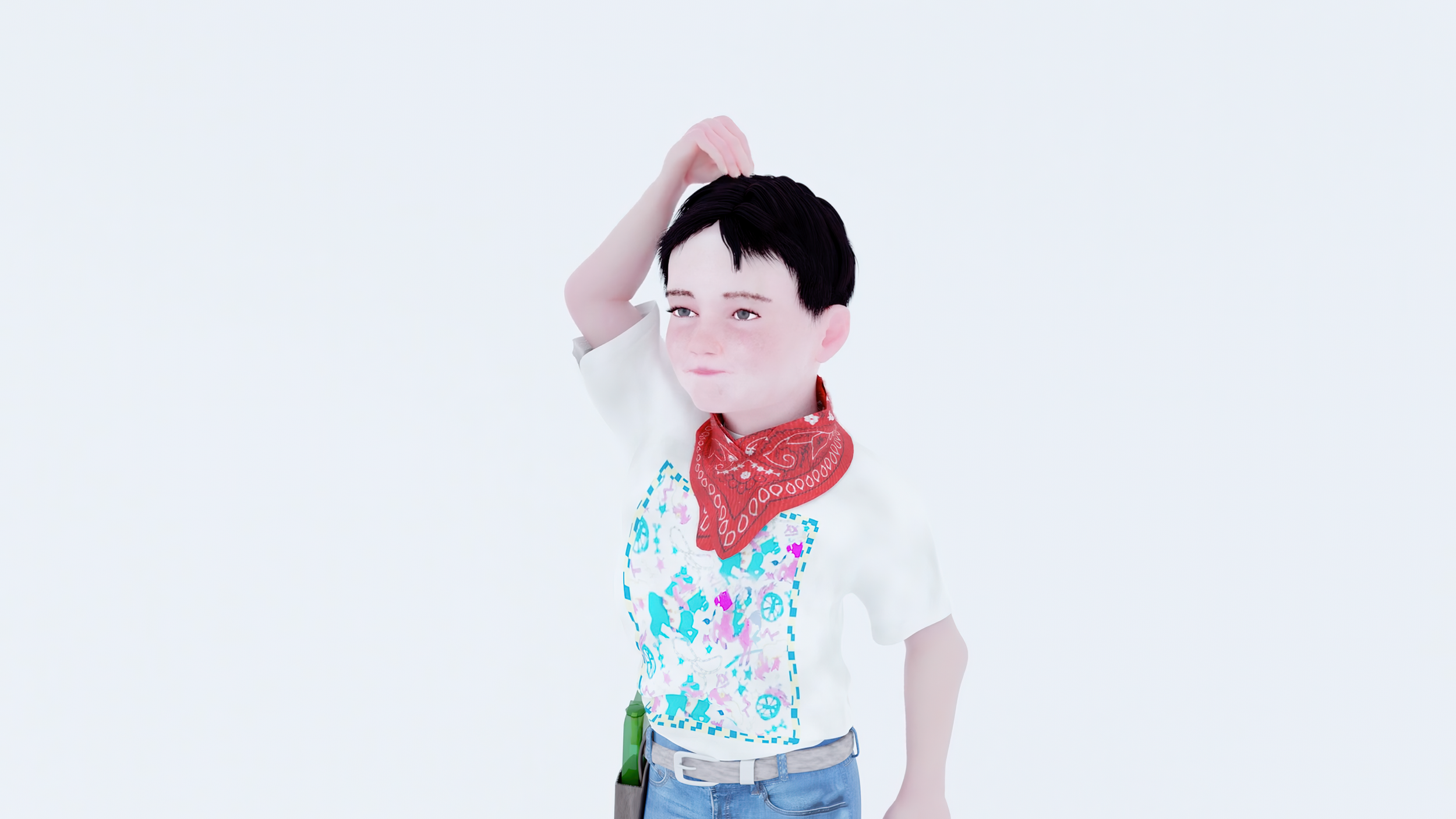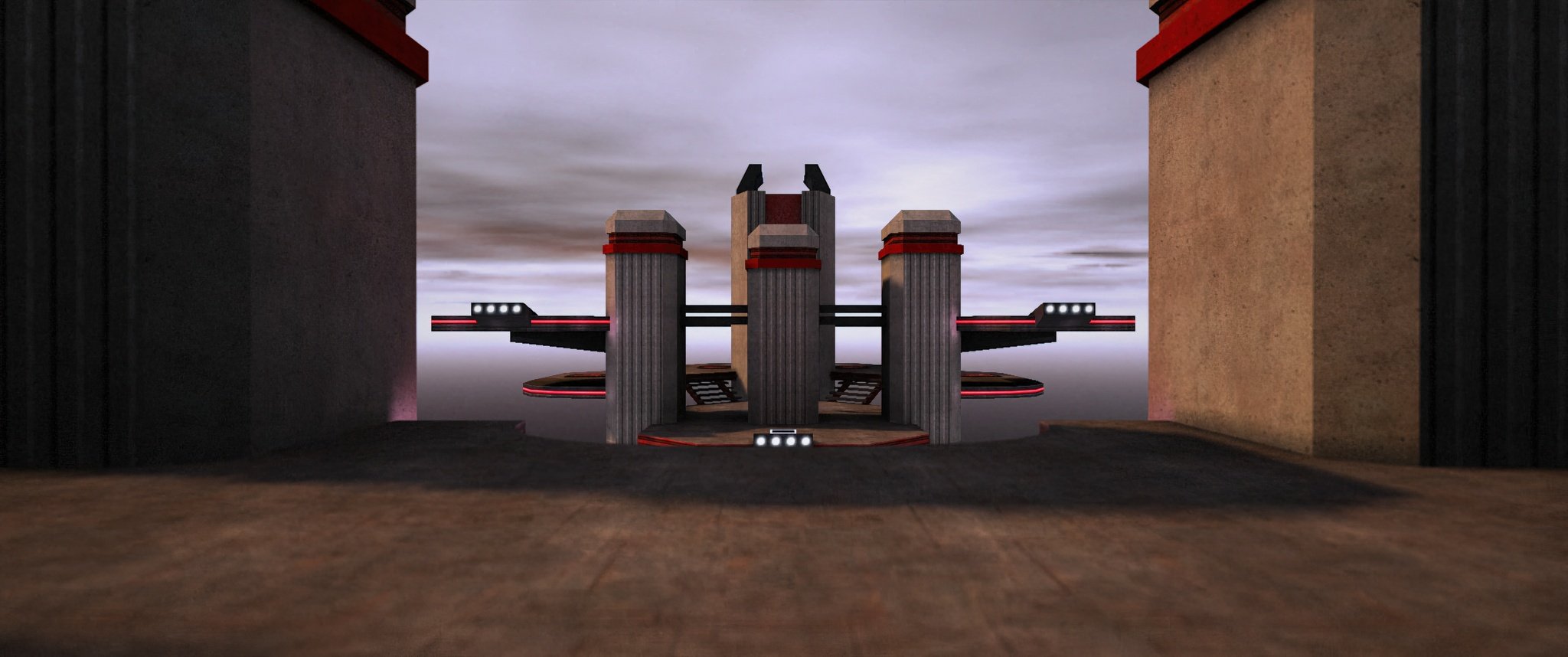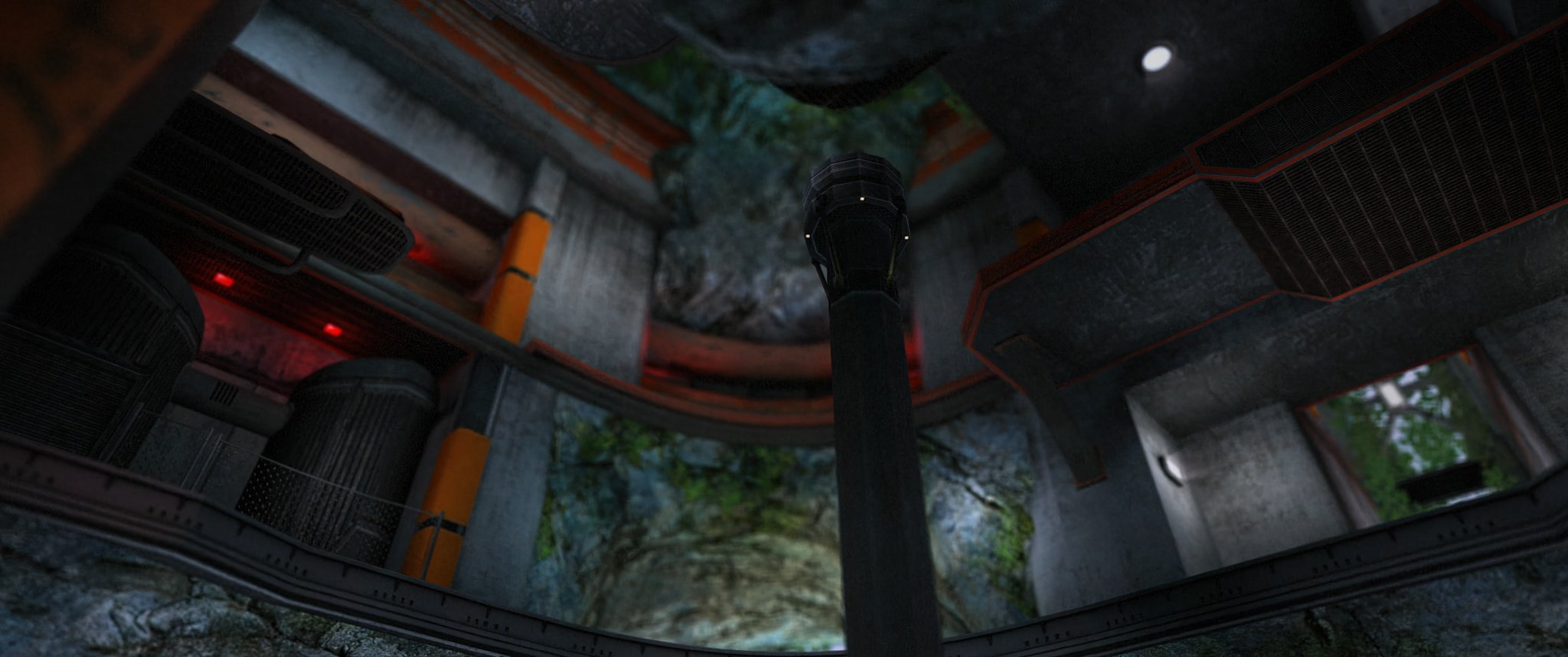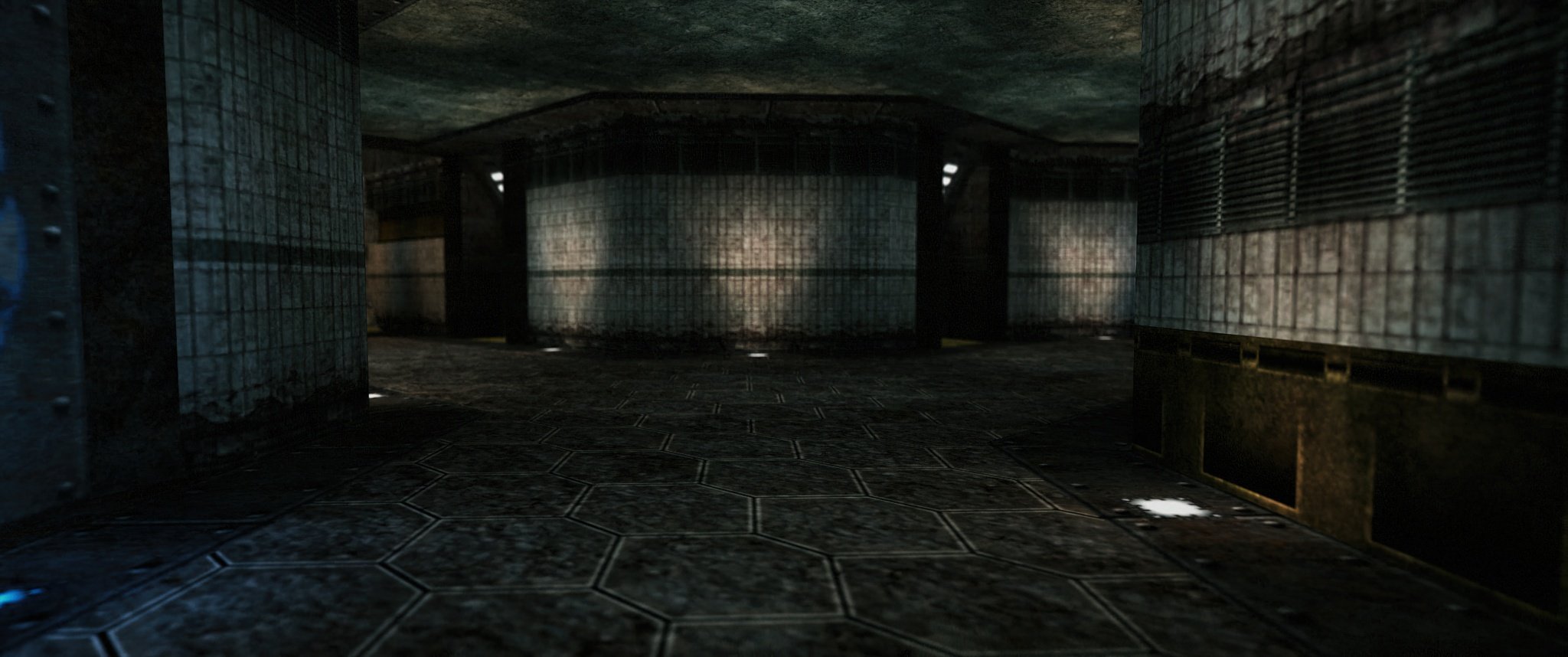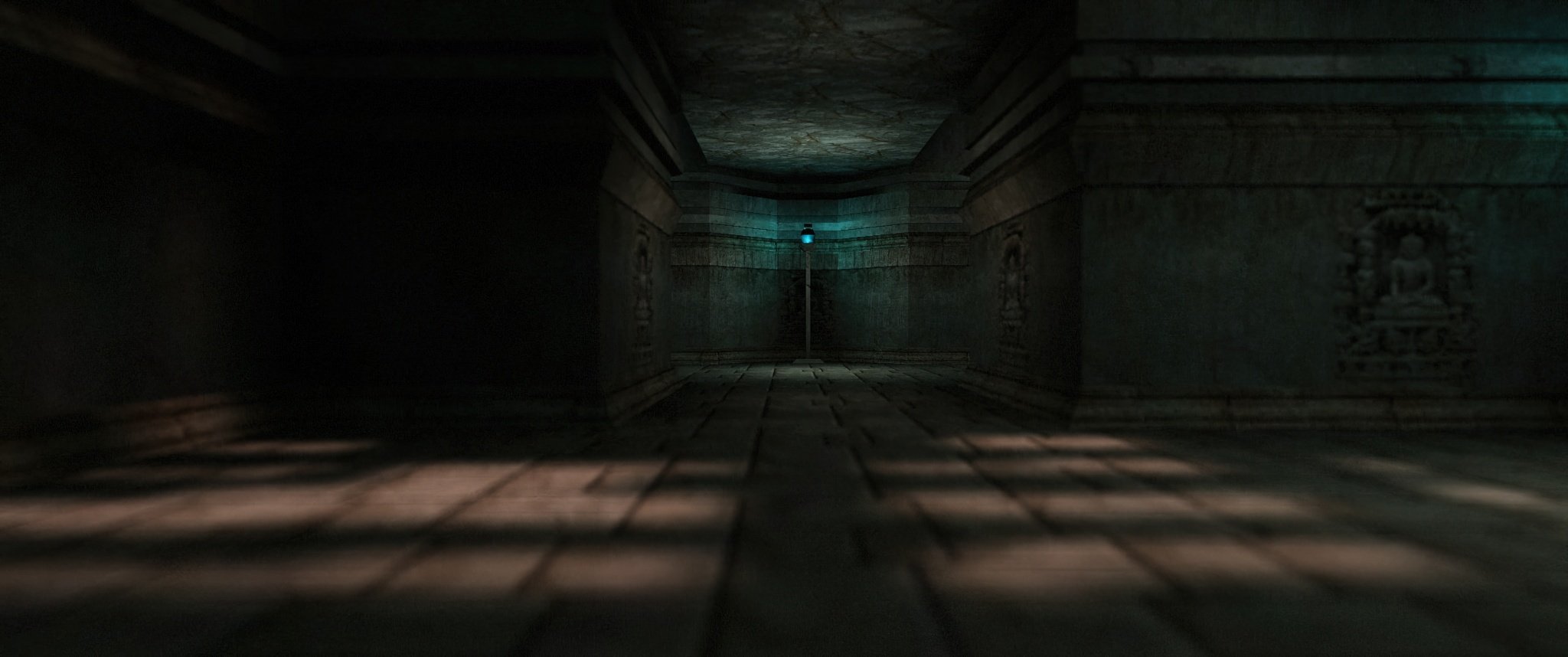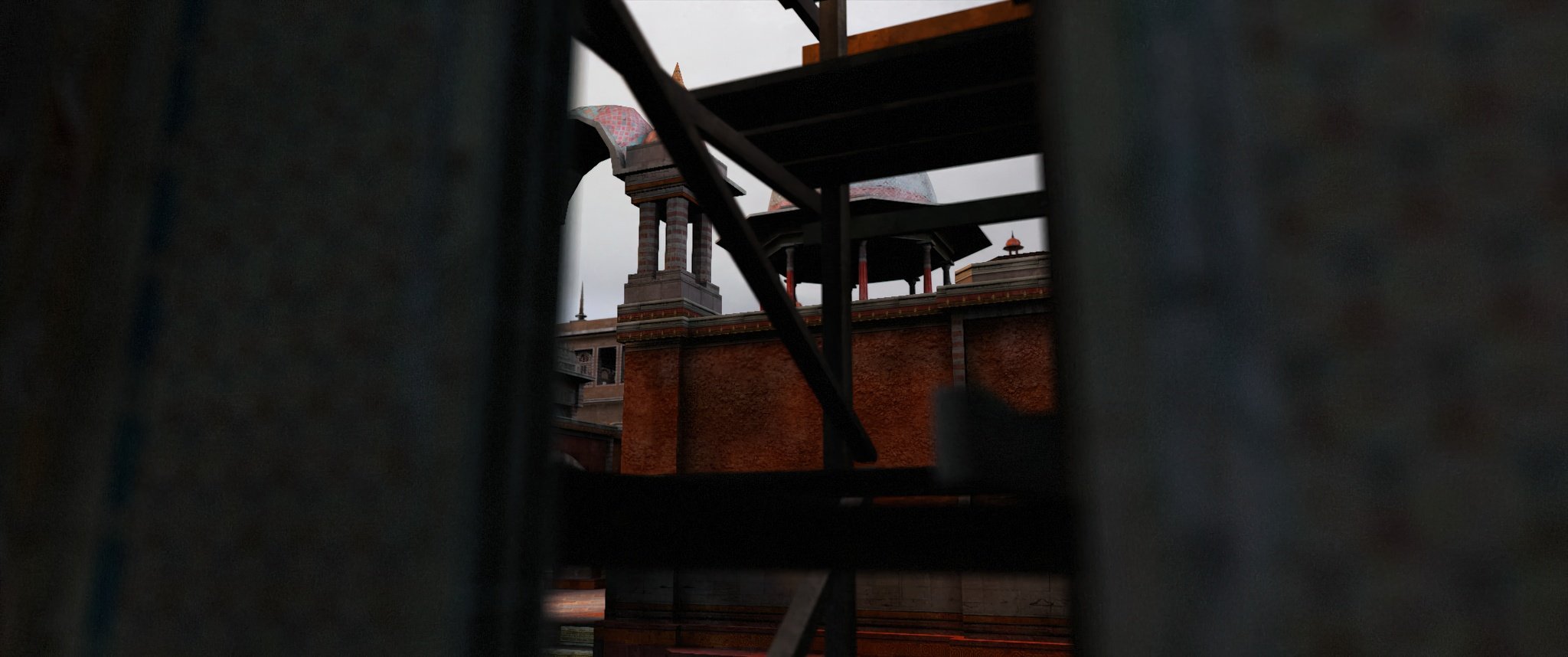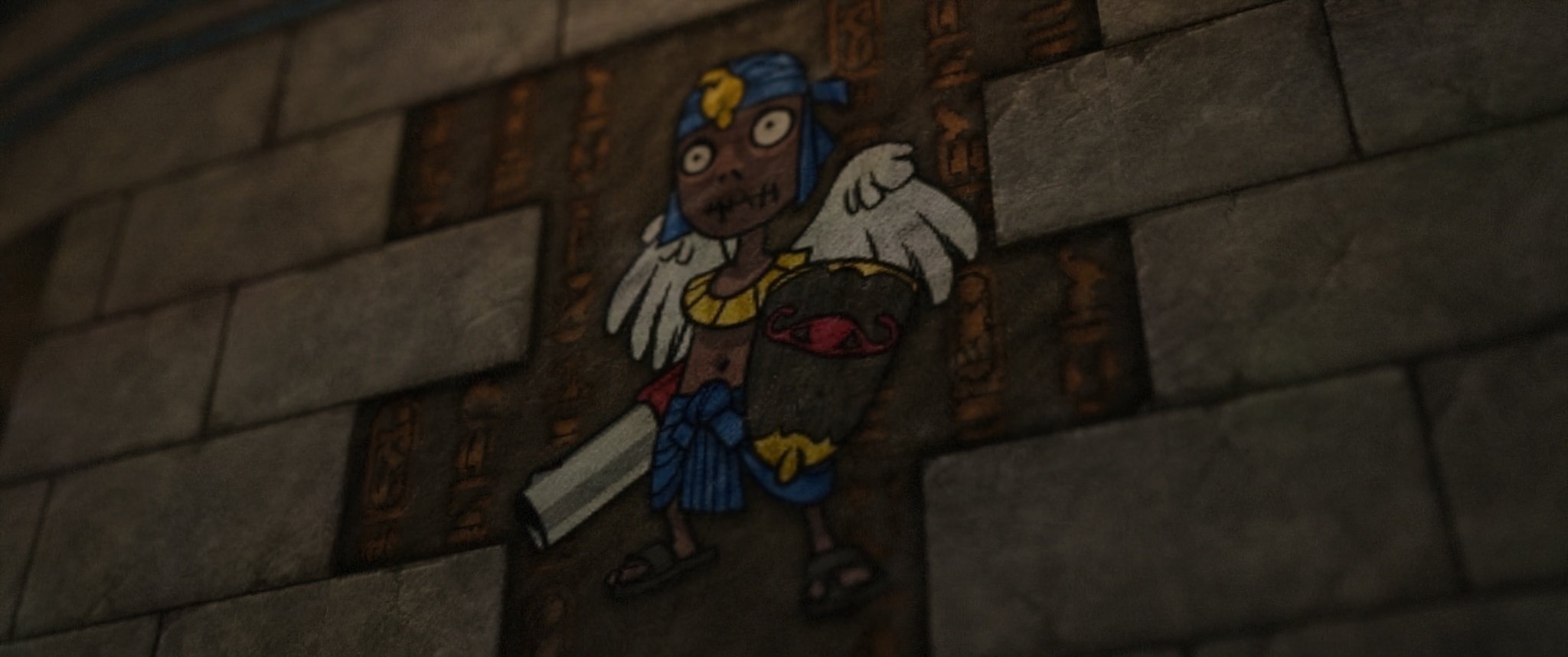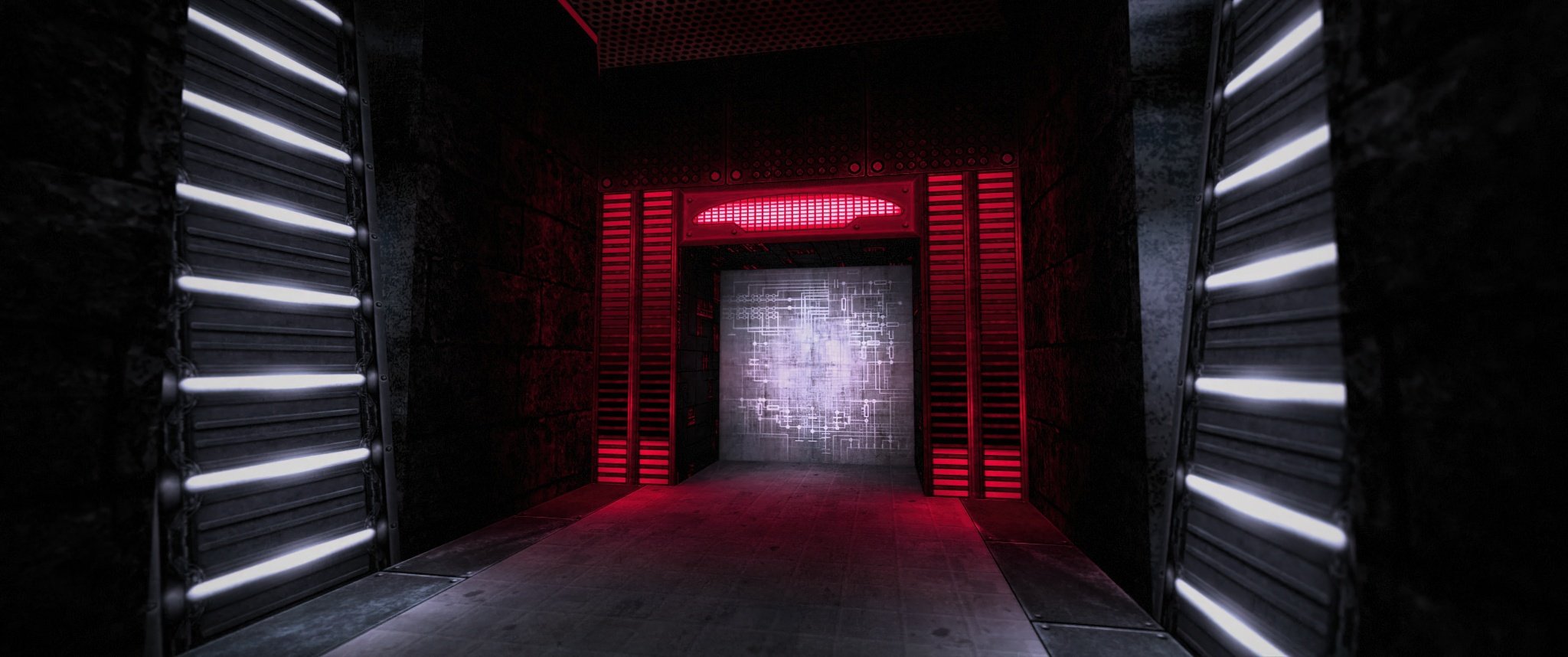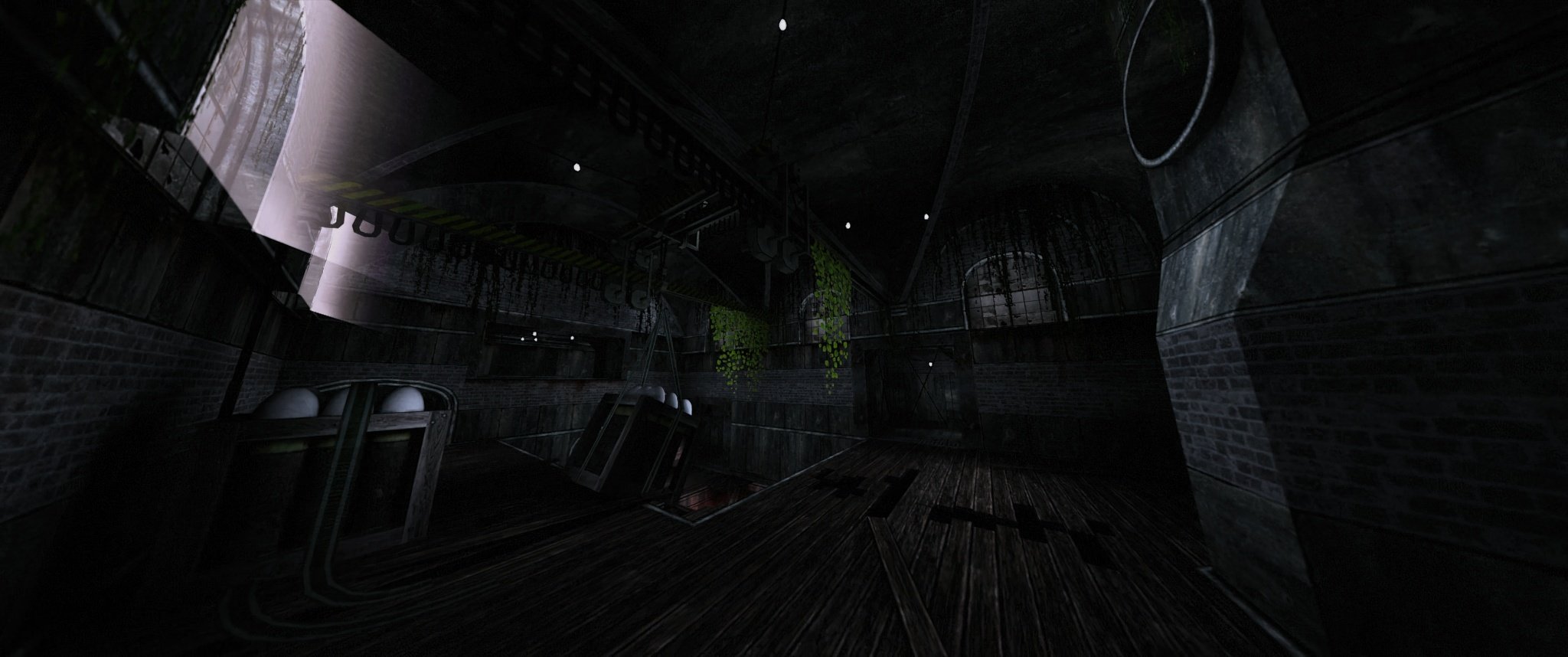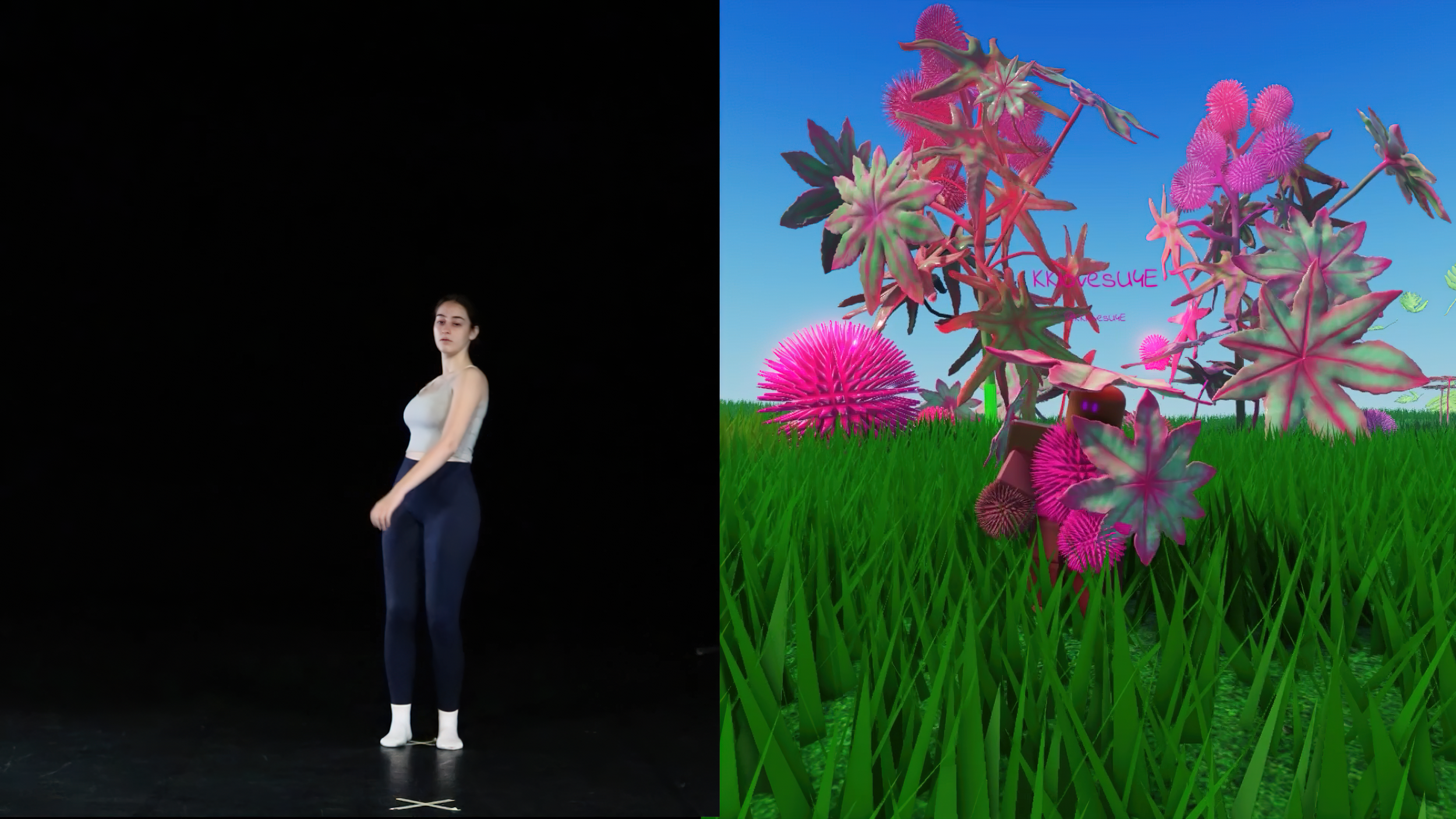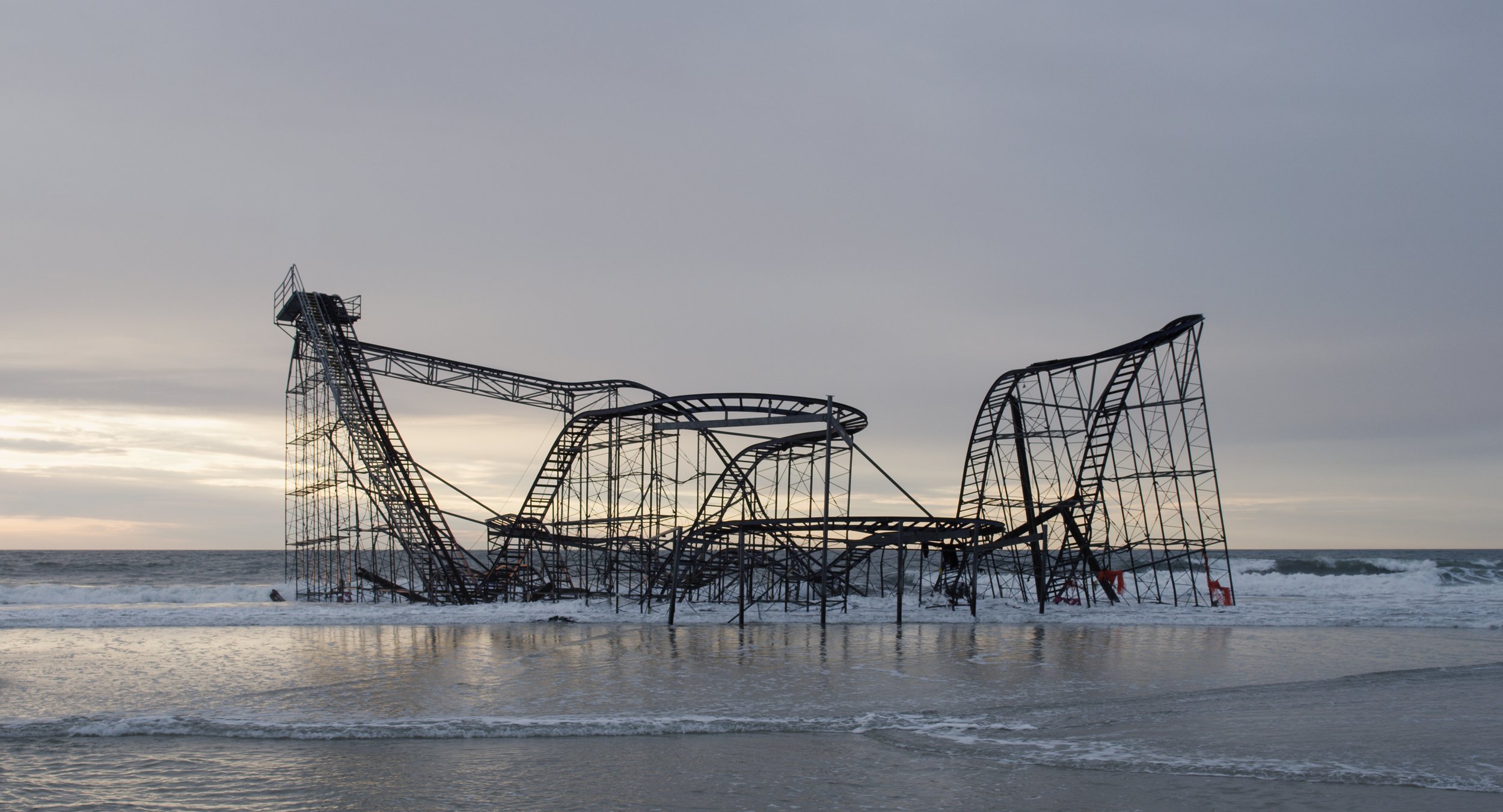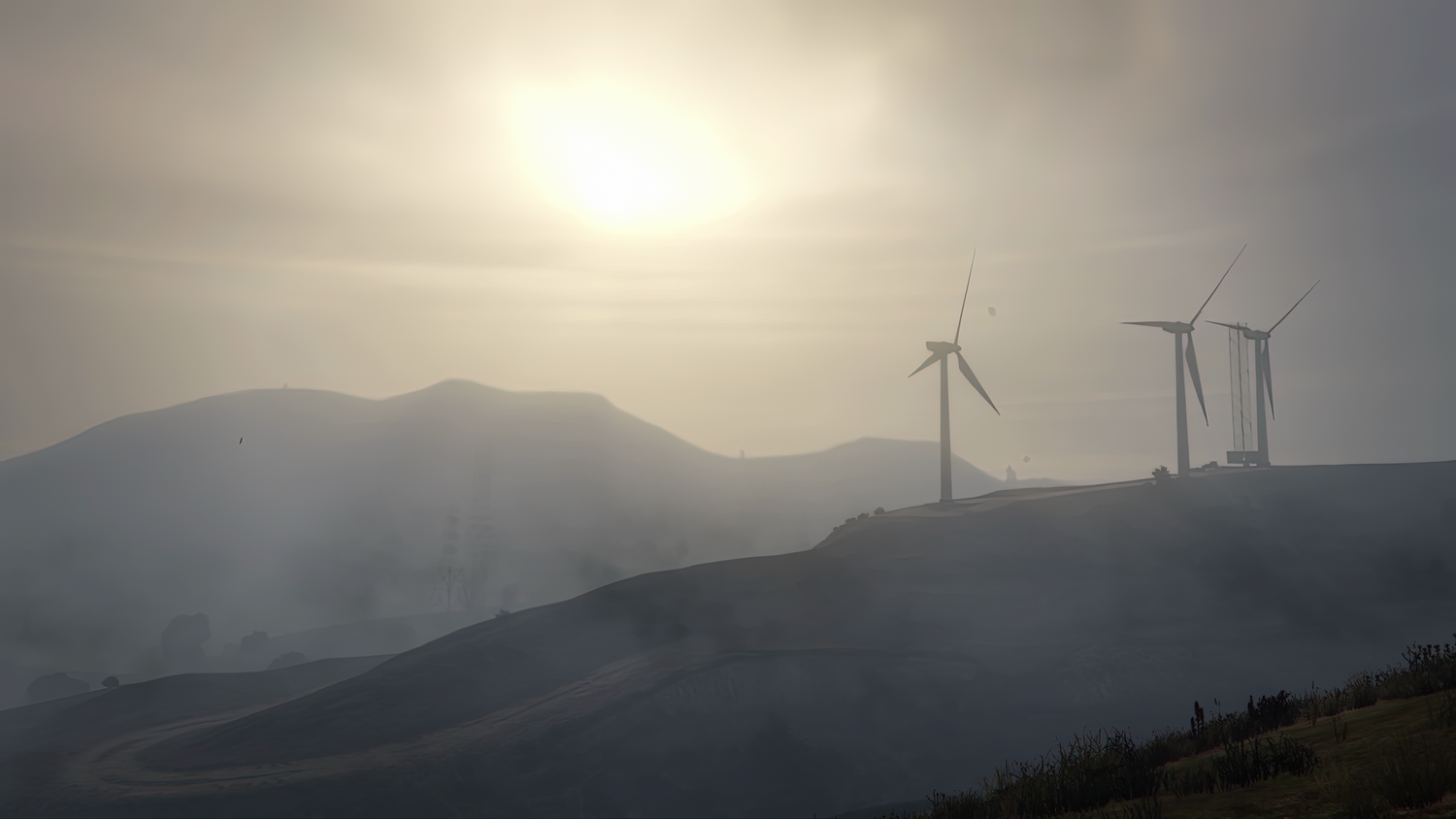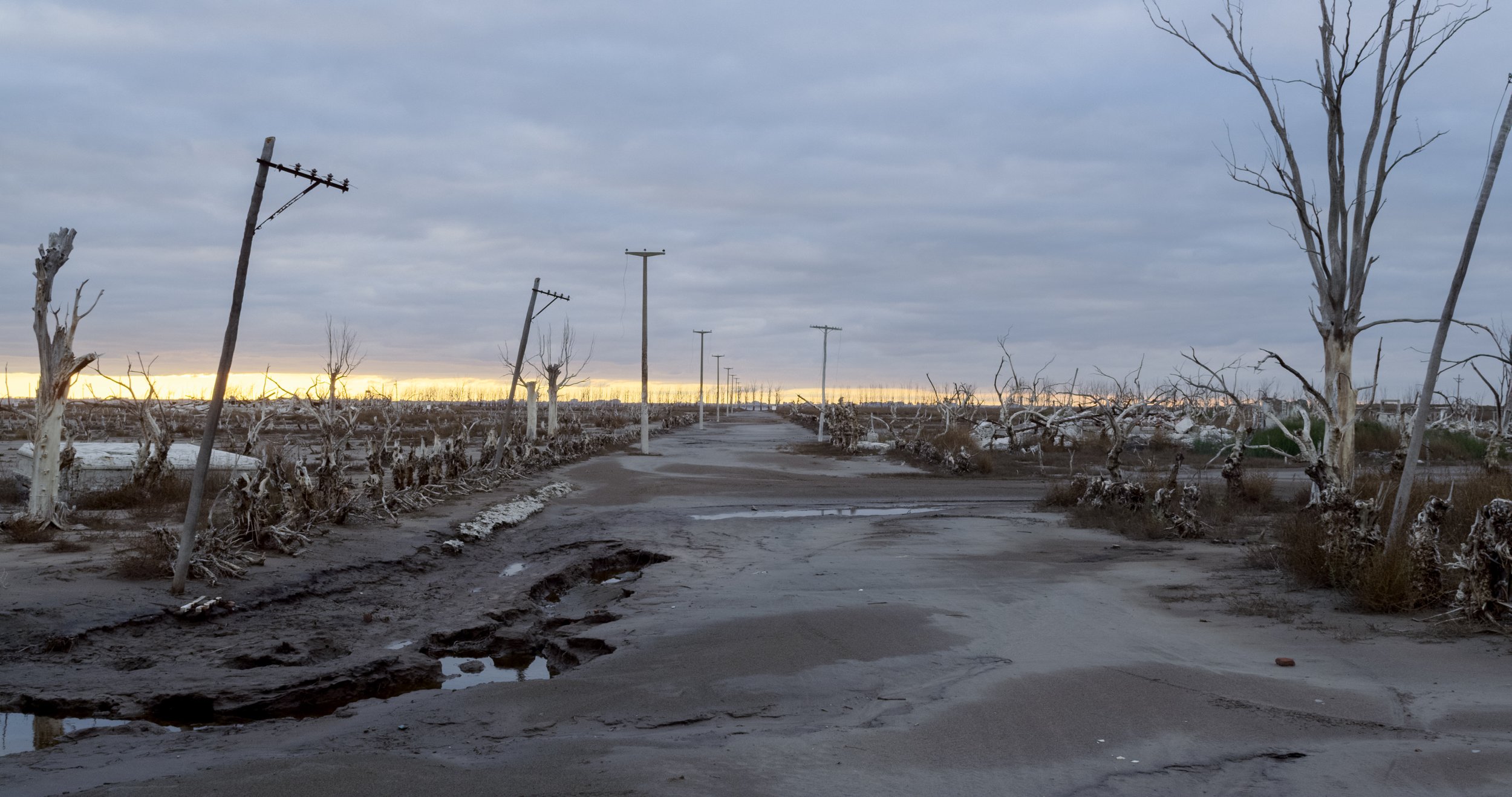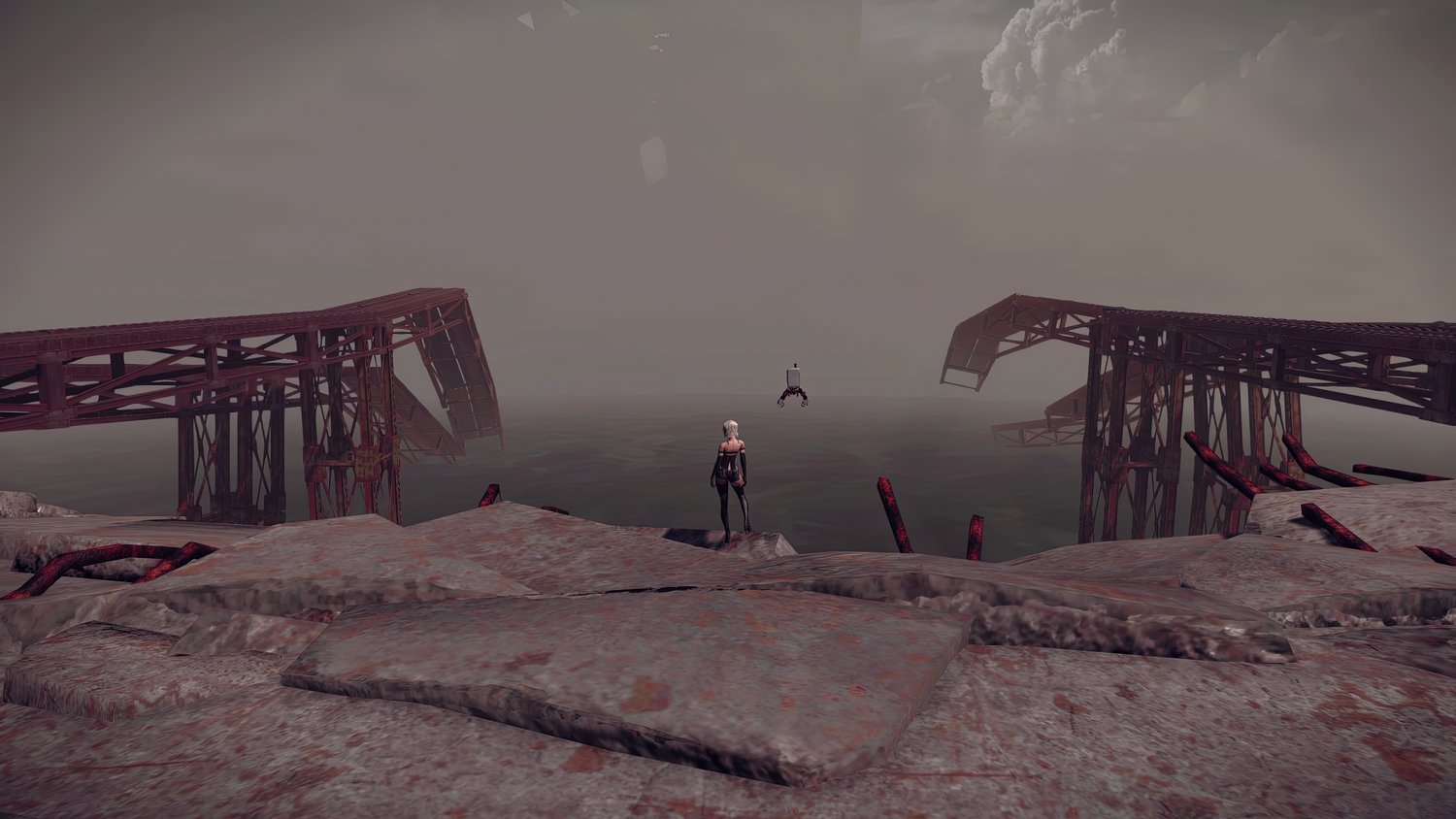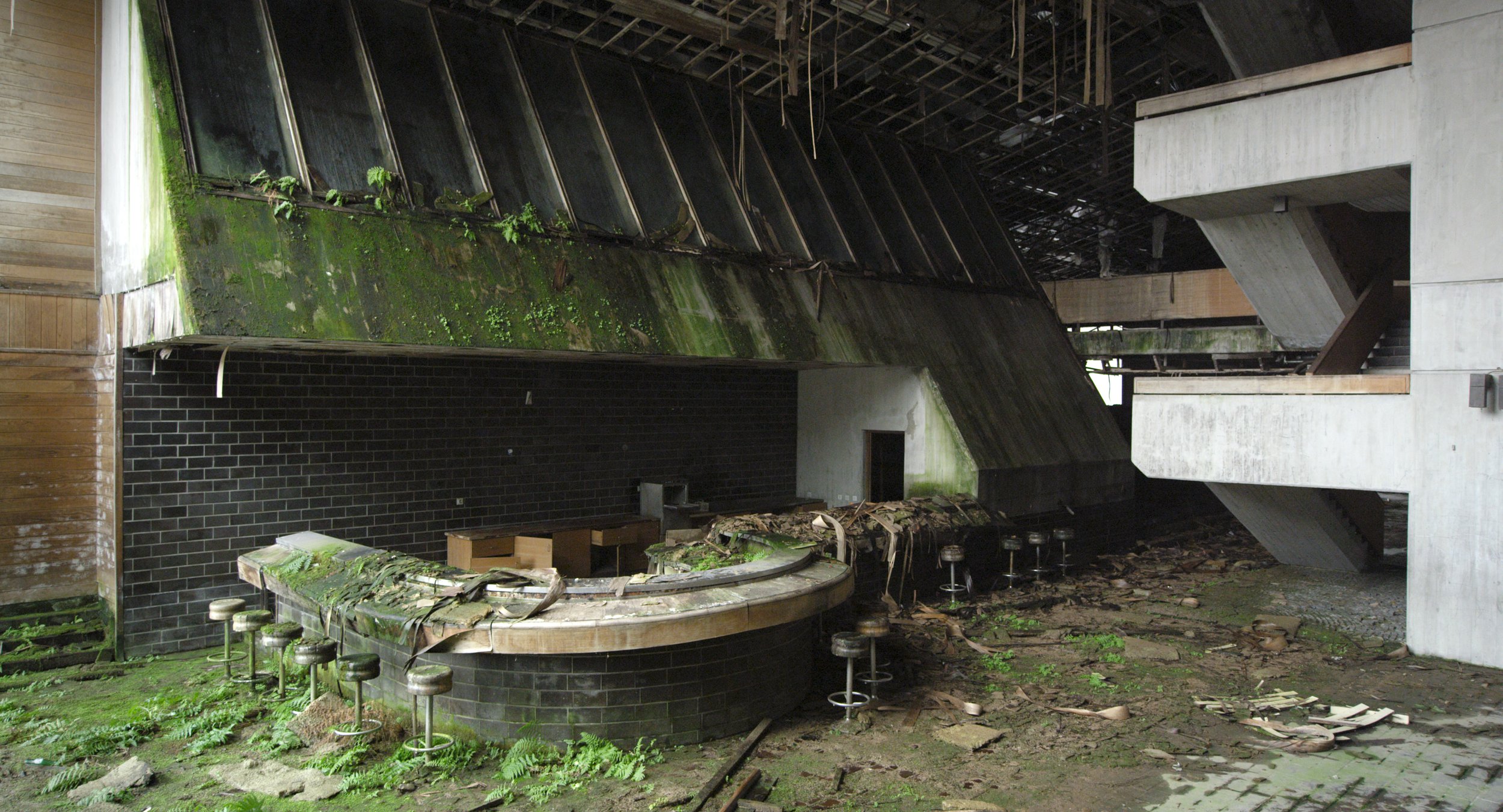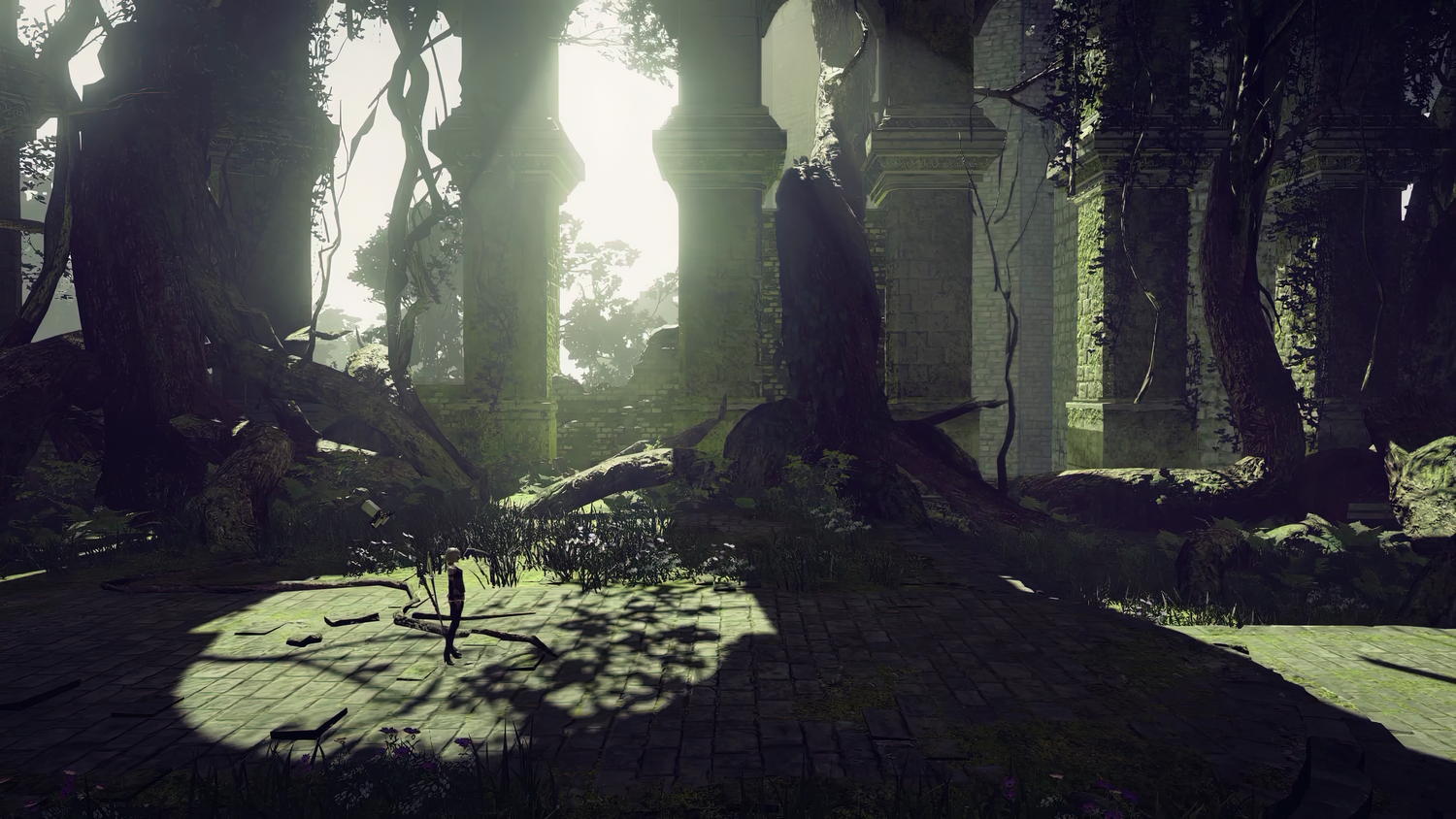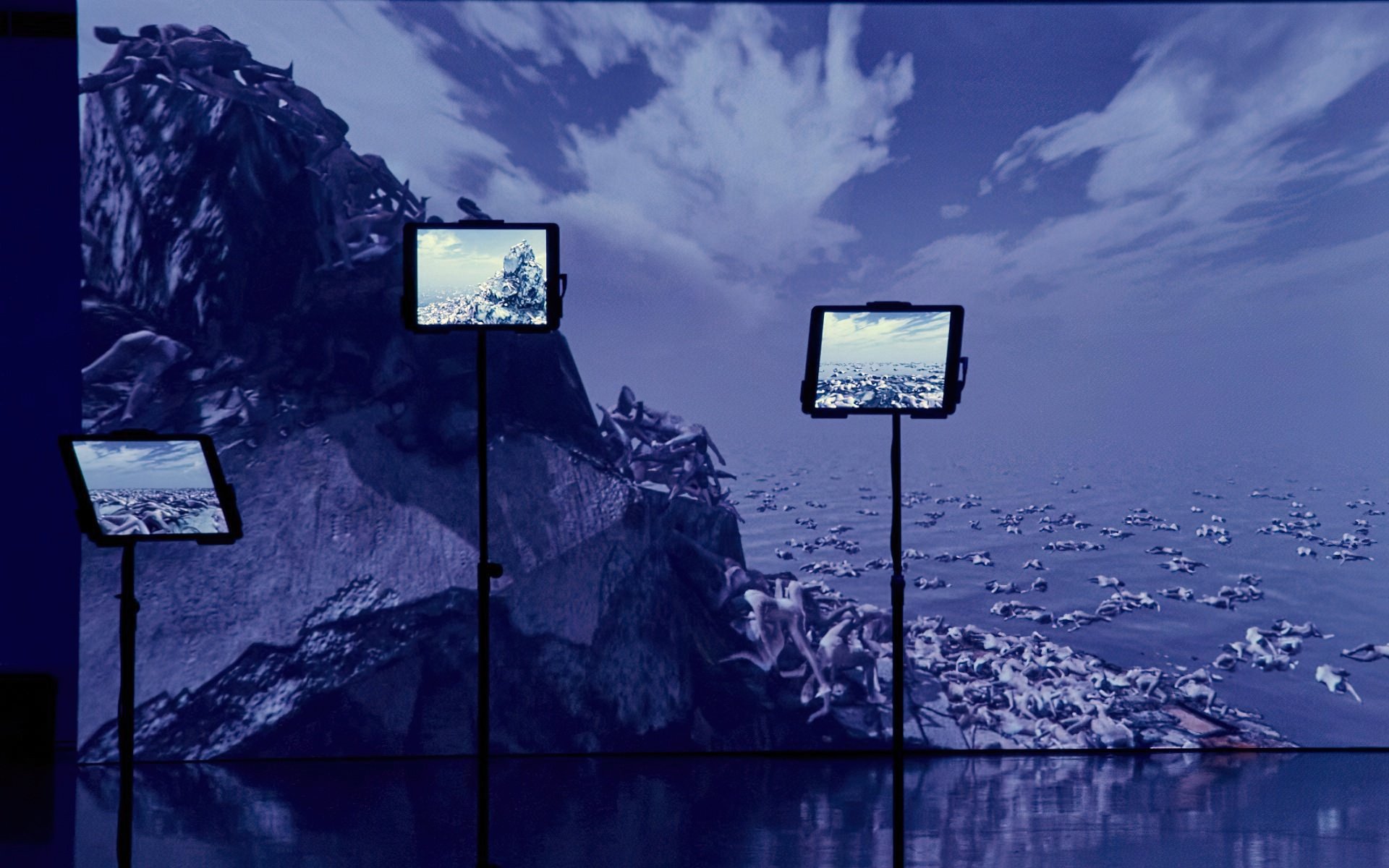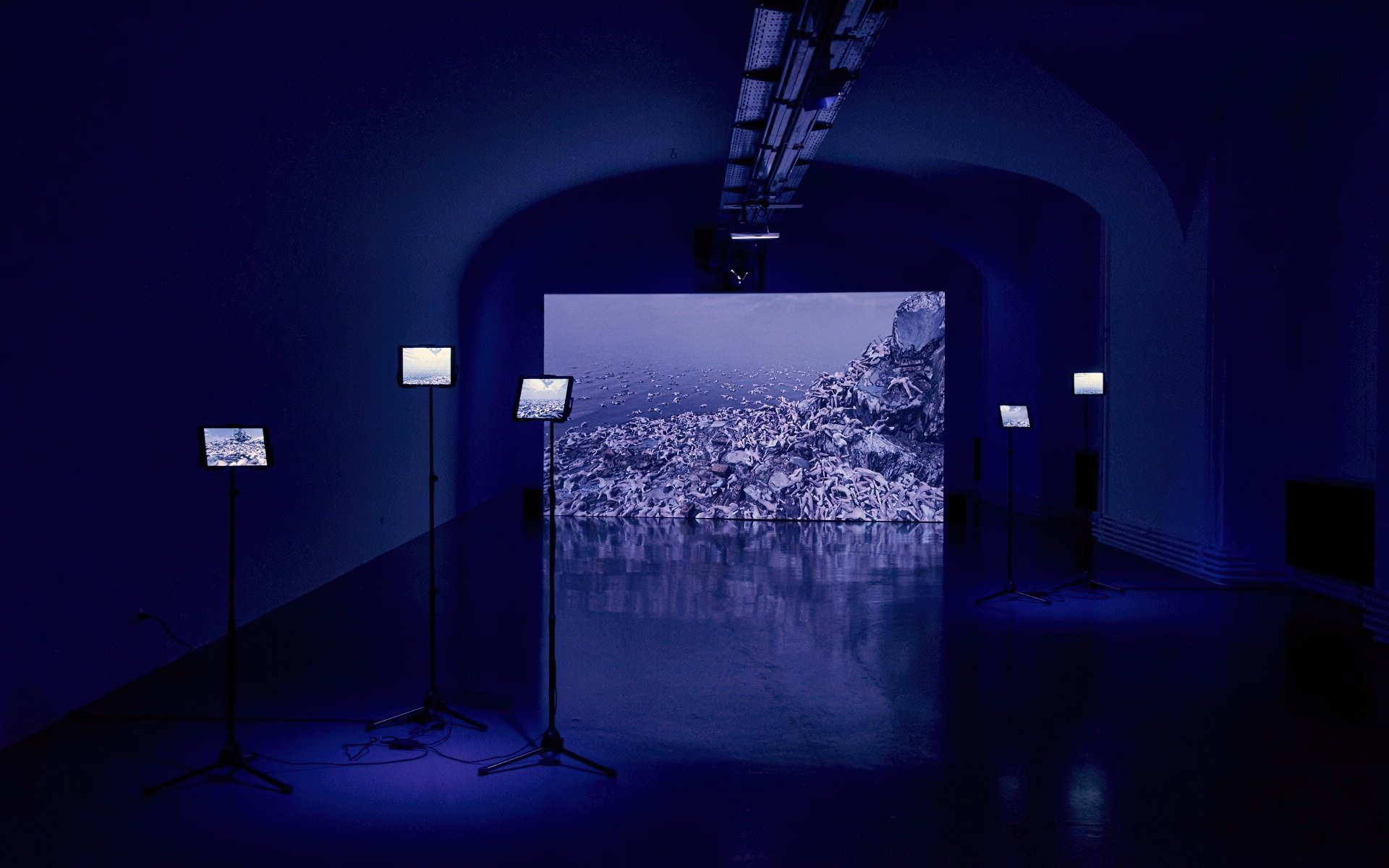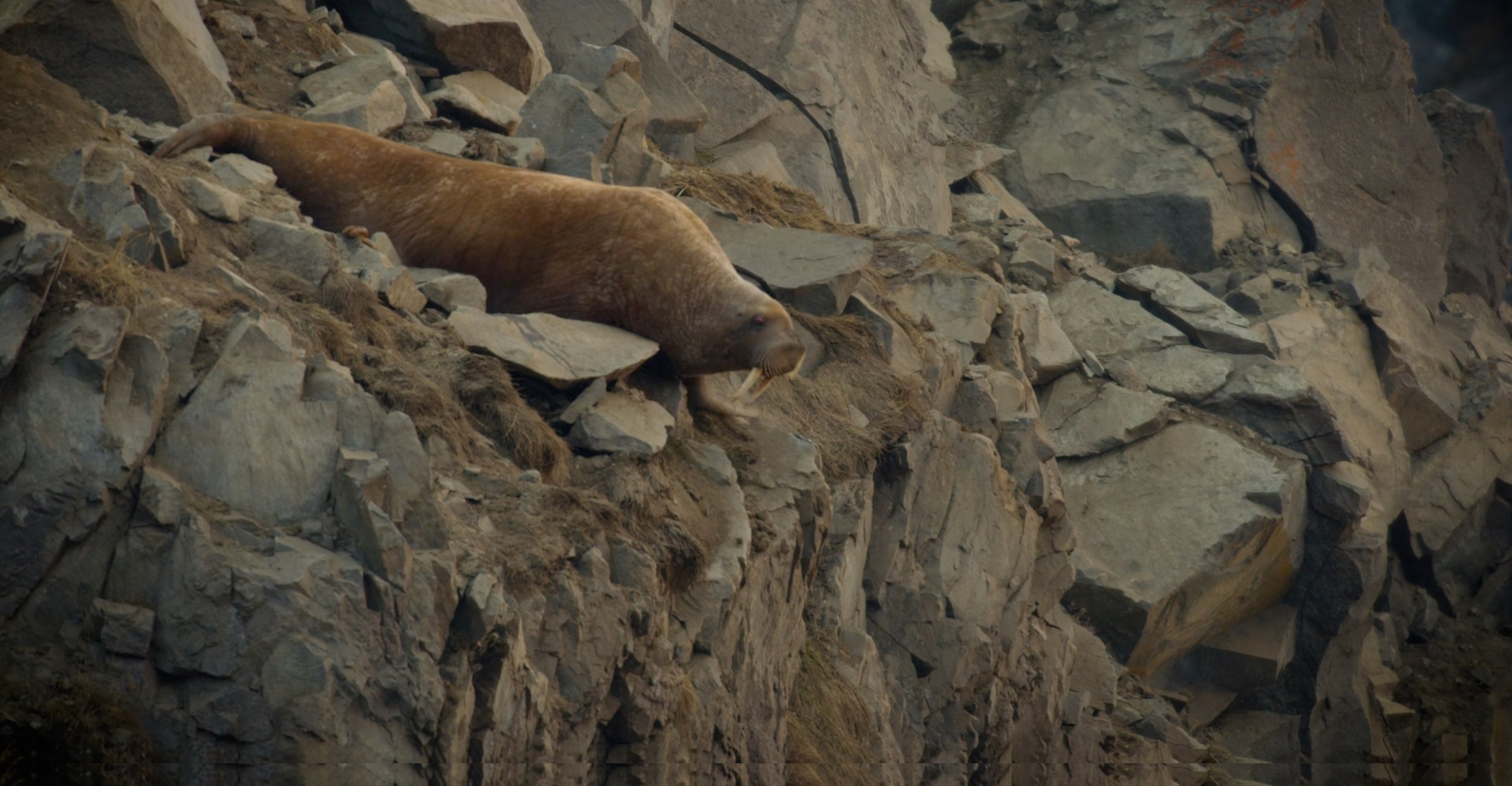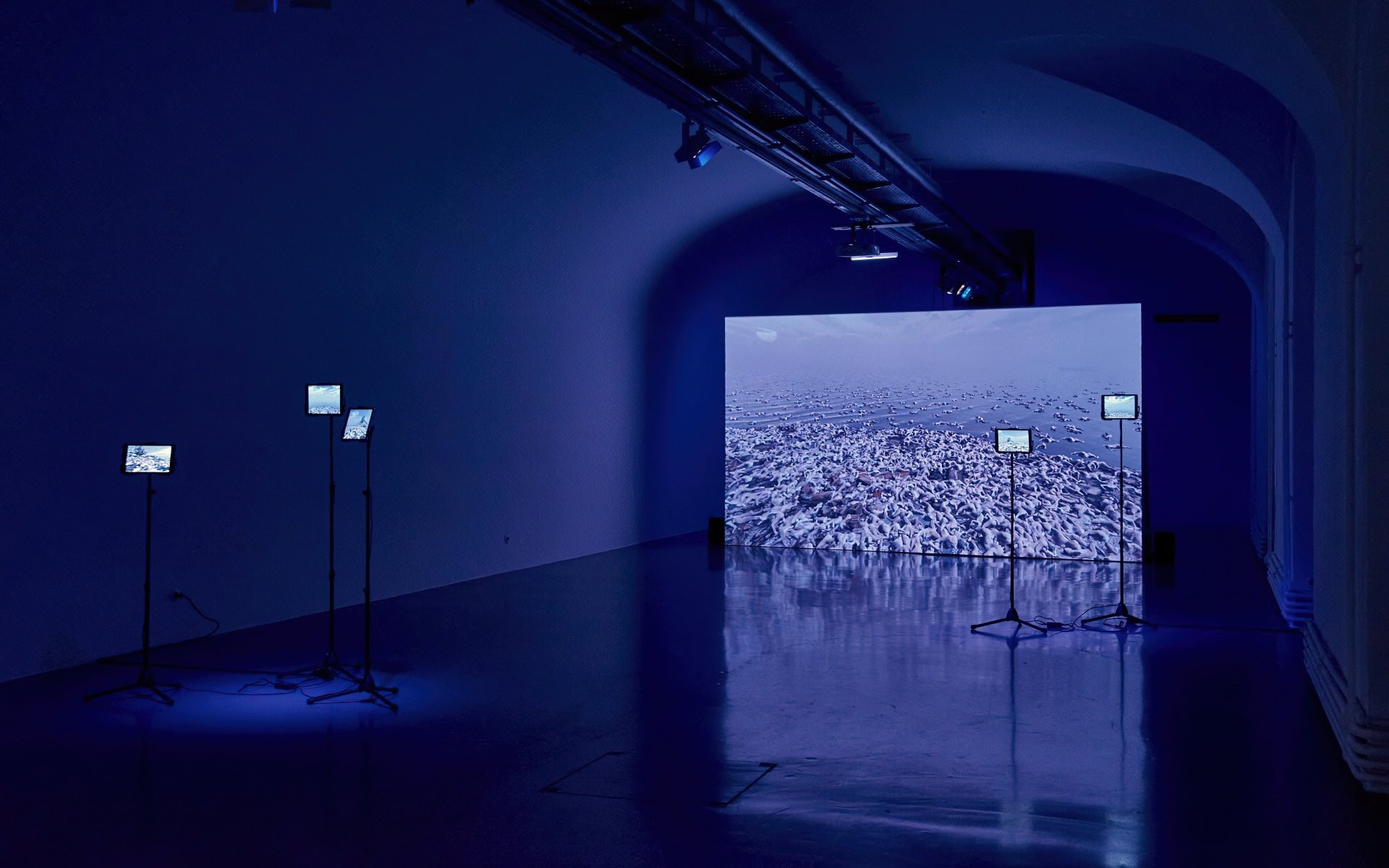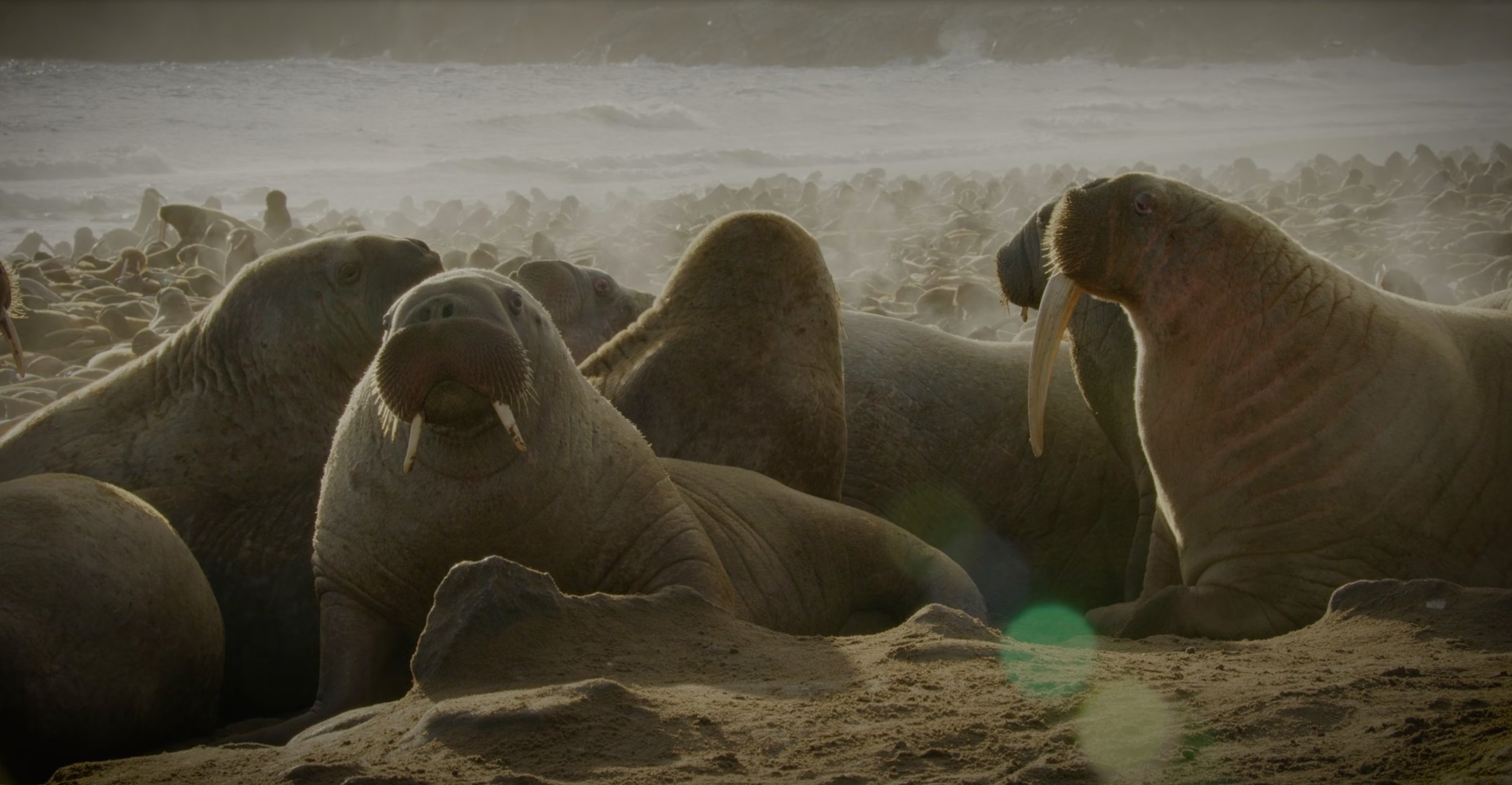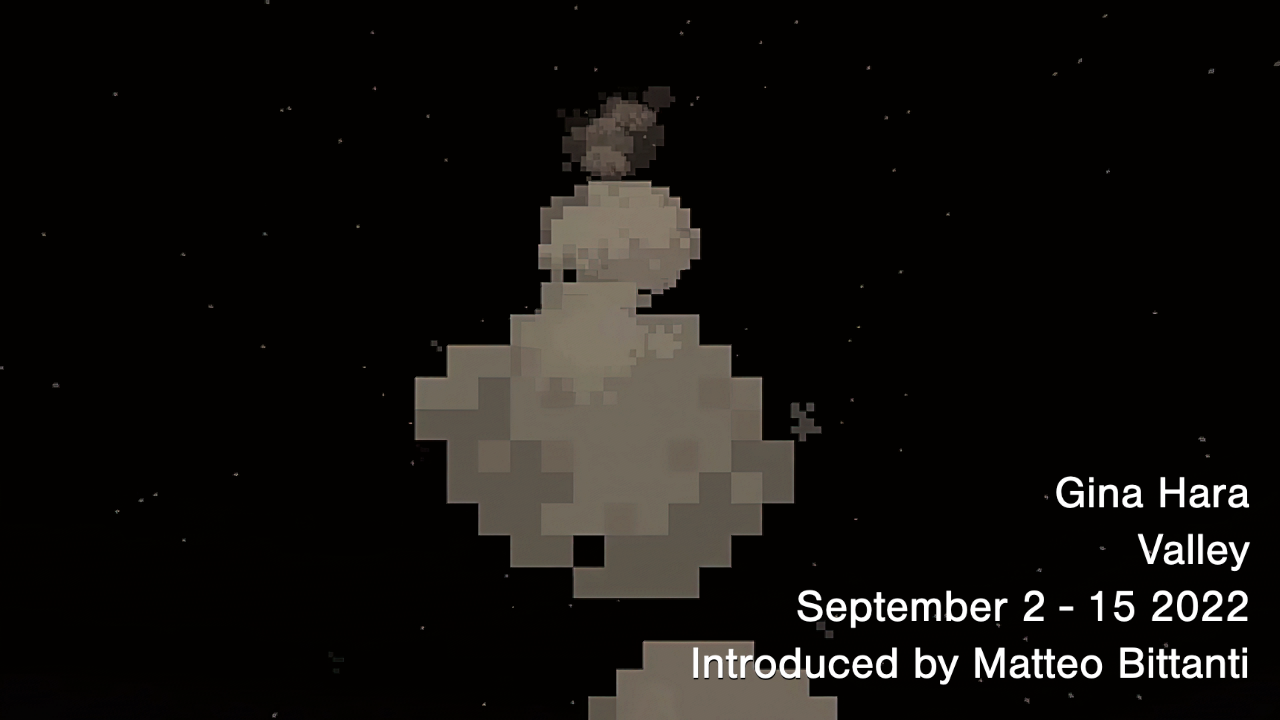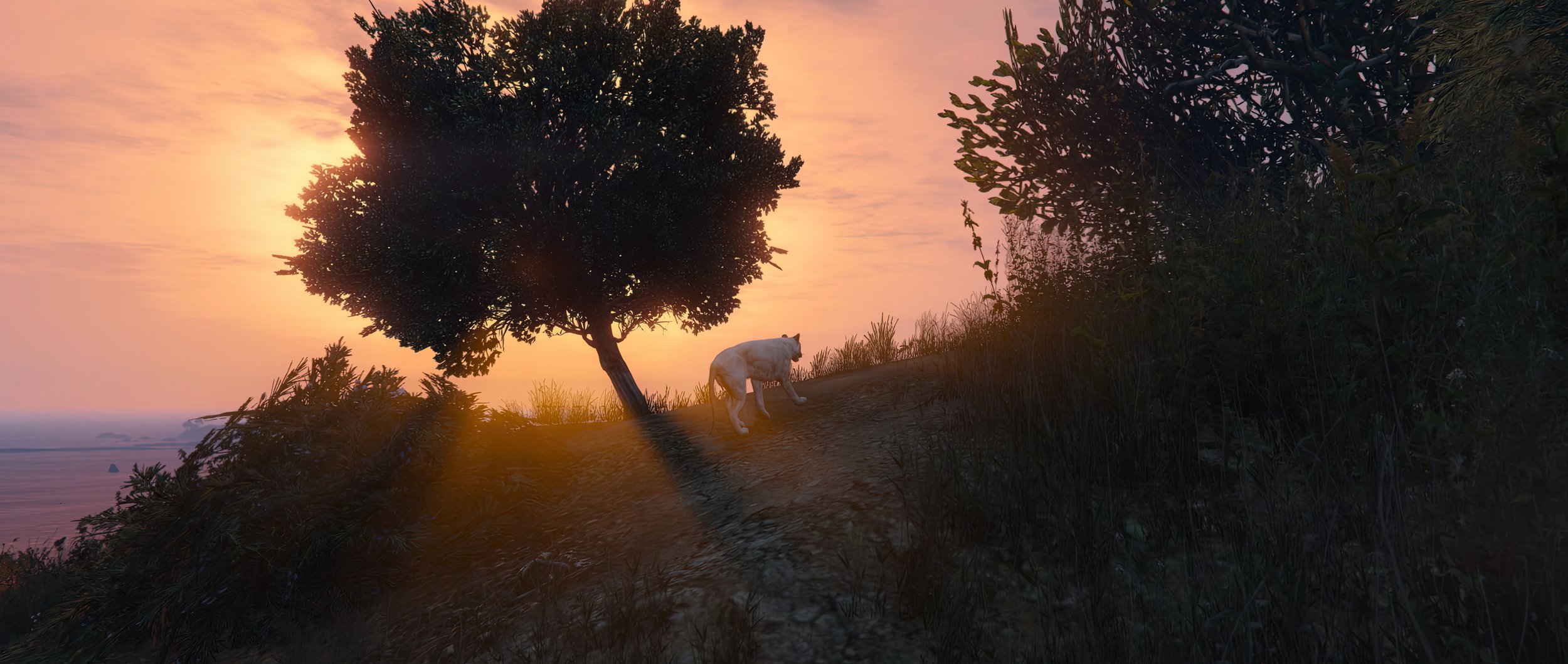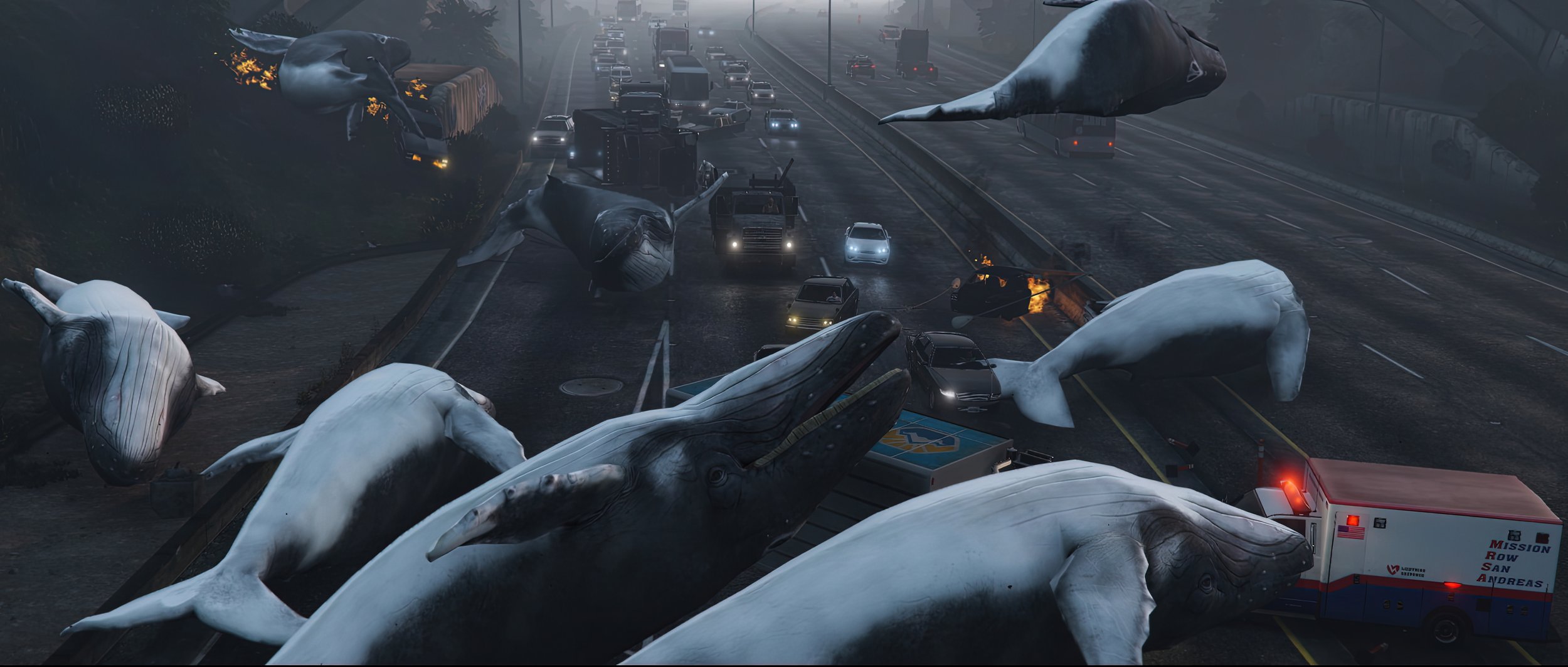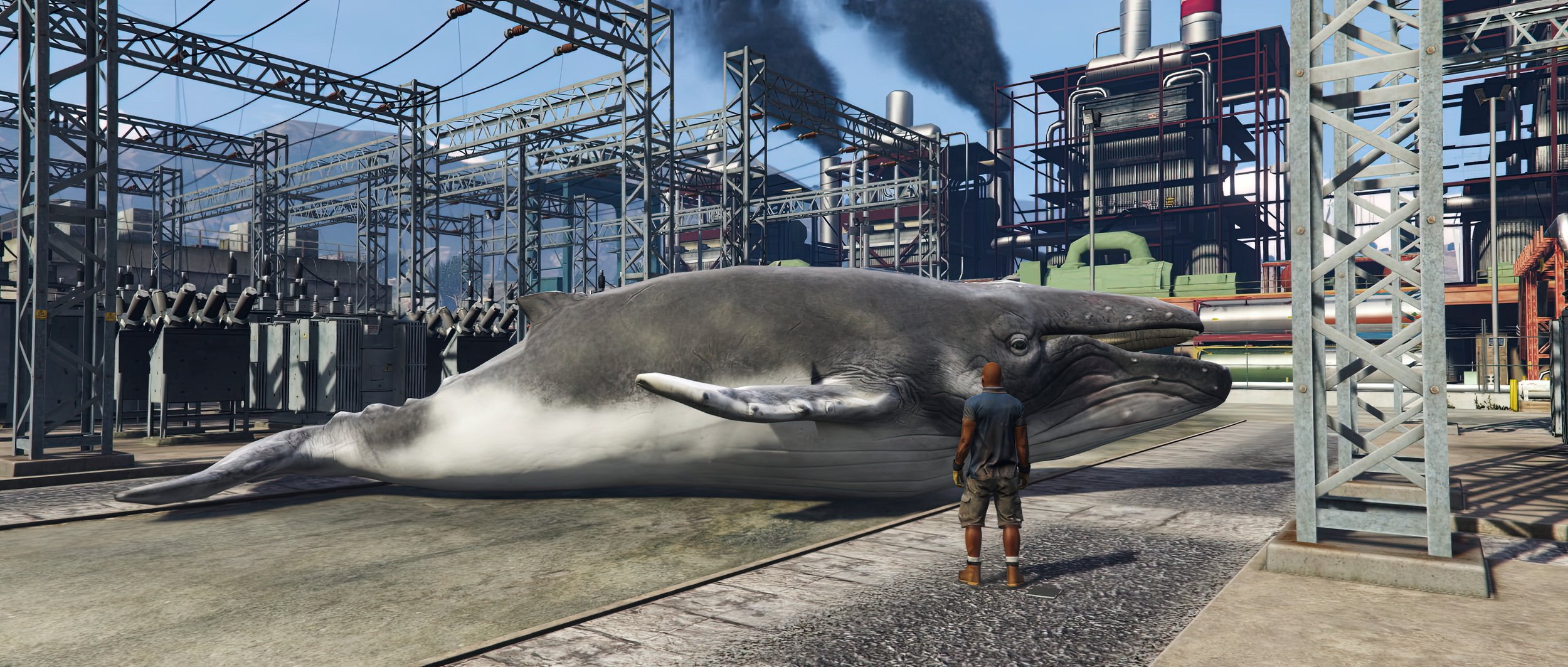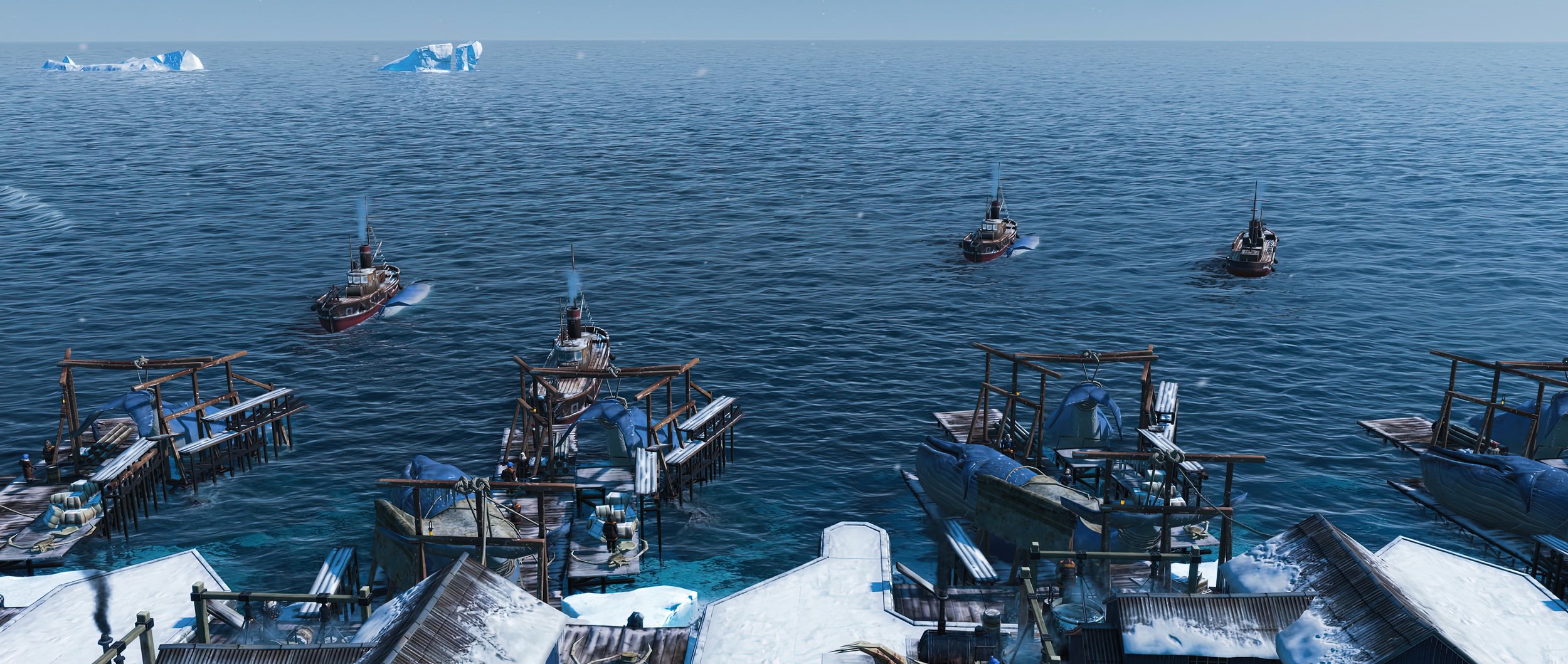VRAL is currently showcasing Georgie Roxby Smith’s Blood Paintings series as a single channel machinima. Today we take a closer look at her process to highlight key themes and contextualize her aesthetic choices.
At first glimpse, the lurid black and red canvases of Georgie Roxby Smith’s Blood Paintings betray little of the cold, mechanical violence from whence they emerged. Yet the intra-triptych of videos, prints and photographs accompanying each finished piece document one of the most conceptually daring artistic processes within game art in recent memory, bridging virtual chaos and physical creation.
The genesis occurs not with “traditional” brushes, but with a stolen sedan careening down the endless freeways of Grand Theft Auto V’s sprawling fictional city, Los Santos. Smith ritualistically mows down random pedestrian after pedestrian, indifferent to the piled corpses littering her wake, or rather, using them as a source material. Through an online machinima feed, these virtual “vehicular blood harvests” stream to screens in her corporeal studio. Eyes locked on the carnage, the vampiric artist enacts swift gestural translations of each fresh victim into pigment. Ram, observe, render, repeat: a piece takes shape with each new mark responding to lives callously extinguished in a doom loop of hit-and-hit-and-hit-and-drag.
When the gameplay session concludes, having claimed several bystanders sacrificially for the sake of her work, Smith reviews the tapes from alternate camera angles. She zooms in on singular moments of compressed brutality, photoshopping images together with her physical canvas snapshots. These digital/physical hybrids form the third component in presenting each unique Blood Painting. Beside them, innocuous “art selfies” feature the artist clutching her macabre works with almost maternal pride rather than horror at their genesis.
These self congratulatory portraits seem jarringly incongruous beside the disturbing machinima footage of pedestrian carnage used to inspire…
Matteo Bittanti
Works cited
Georgie Roxby Smith
Blood Paintings
digital video, color, sound, 11’ 06”, 2024, Australia
This content is exclusive to Patreon subscribers. To gain full access, consider joining our vibrant community.


